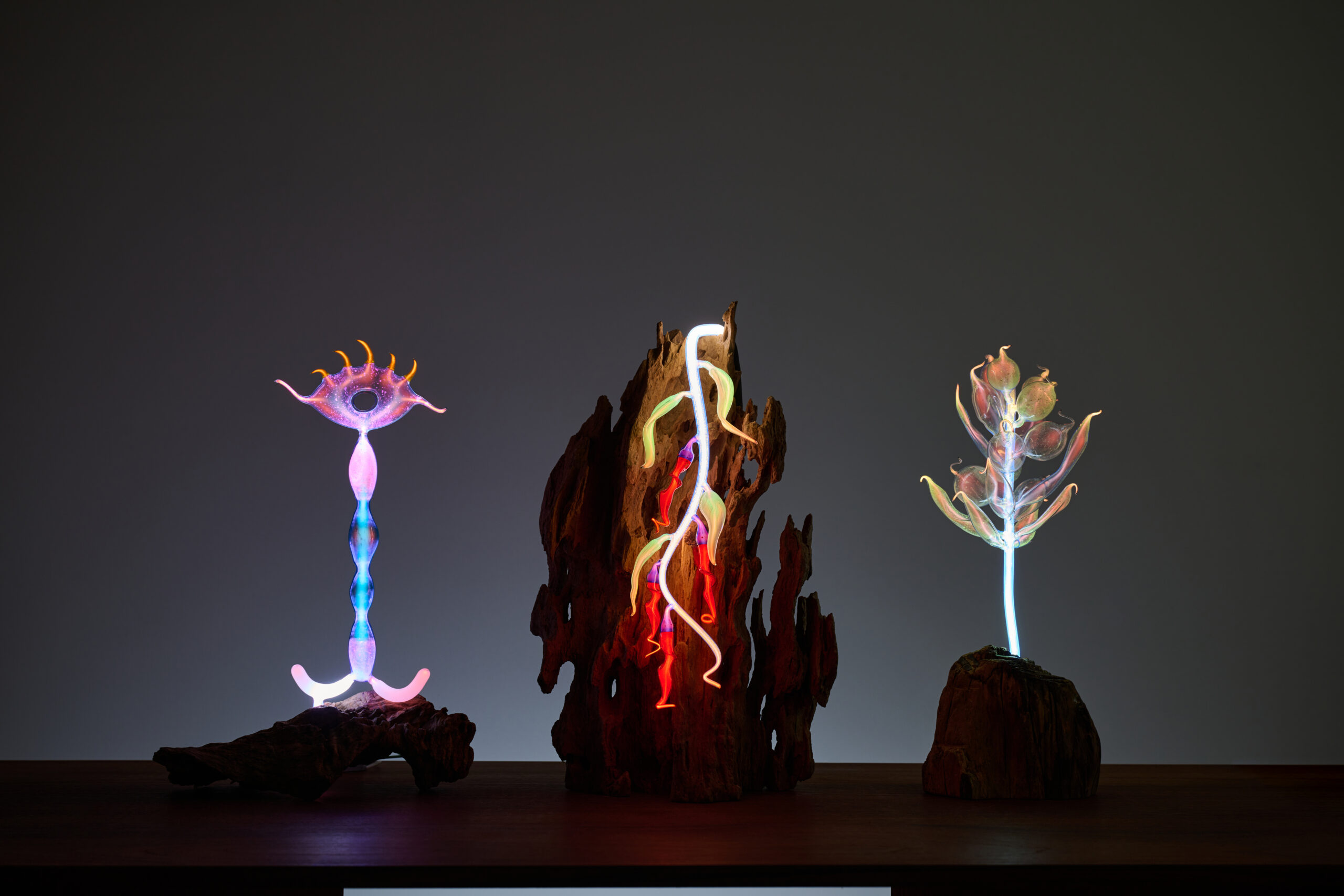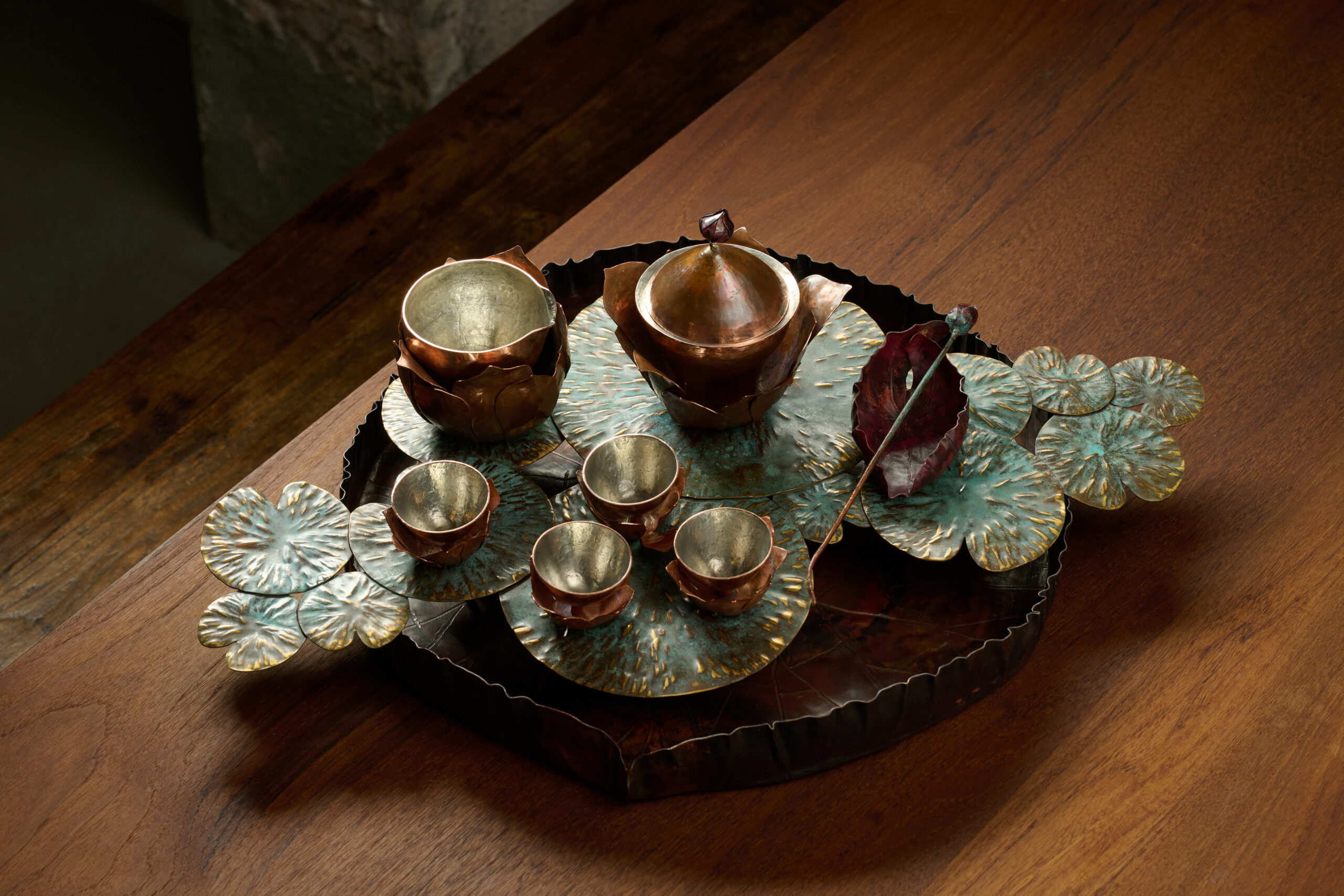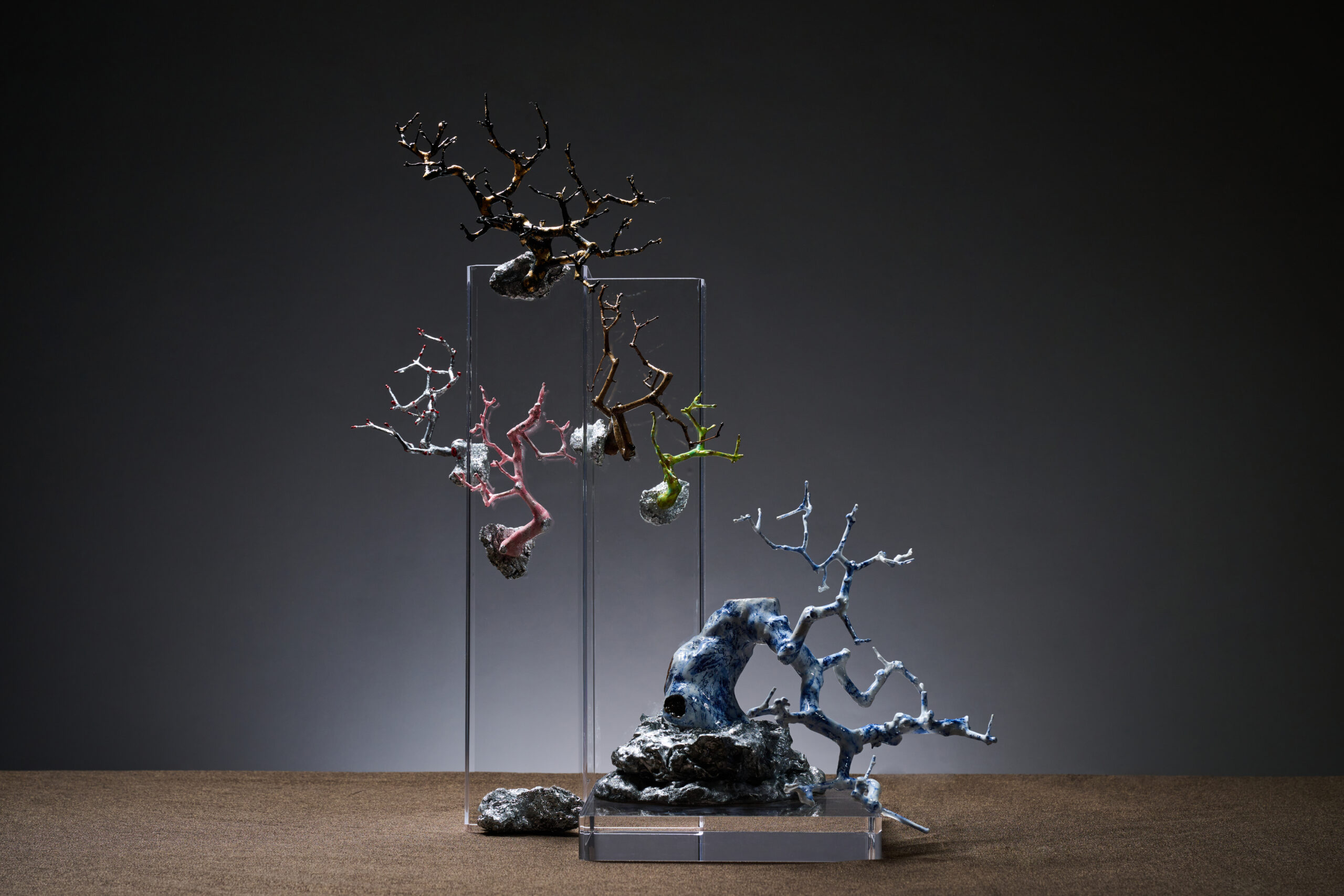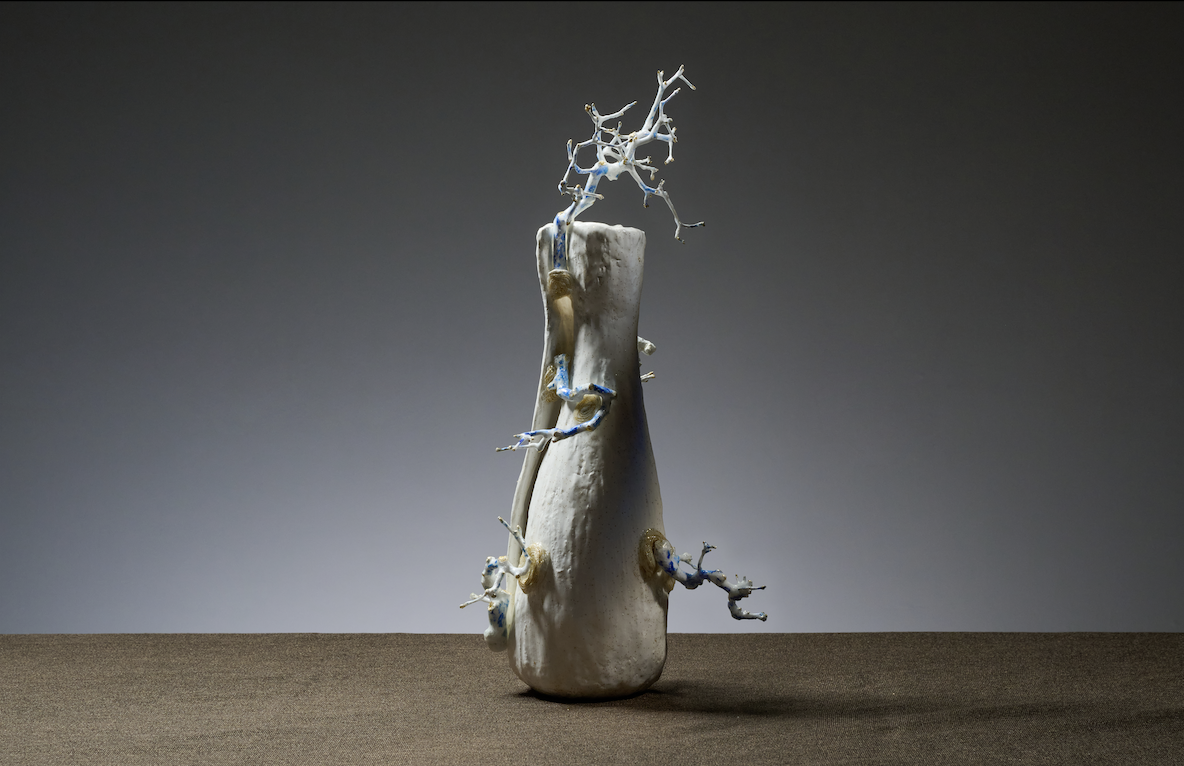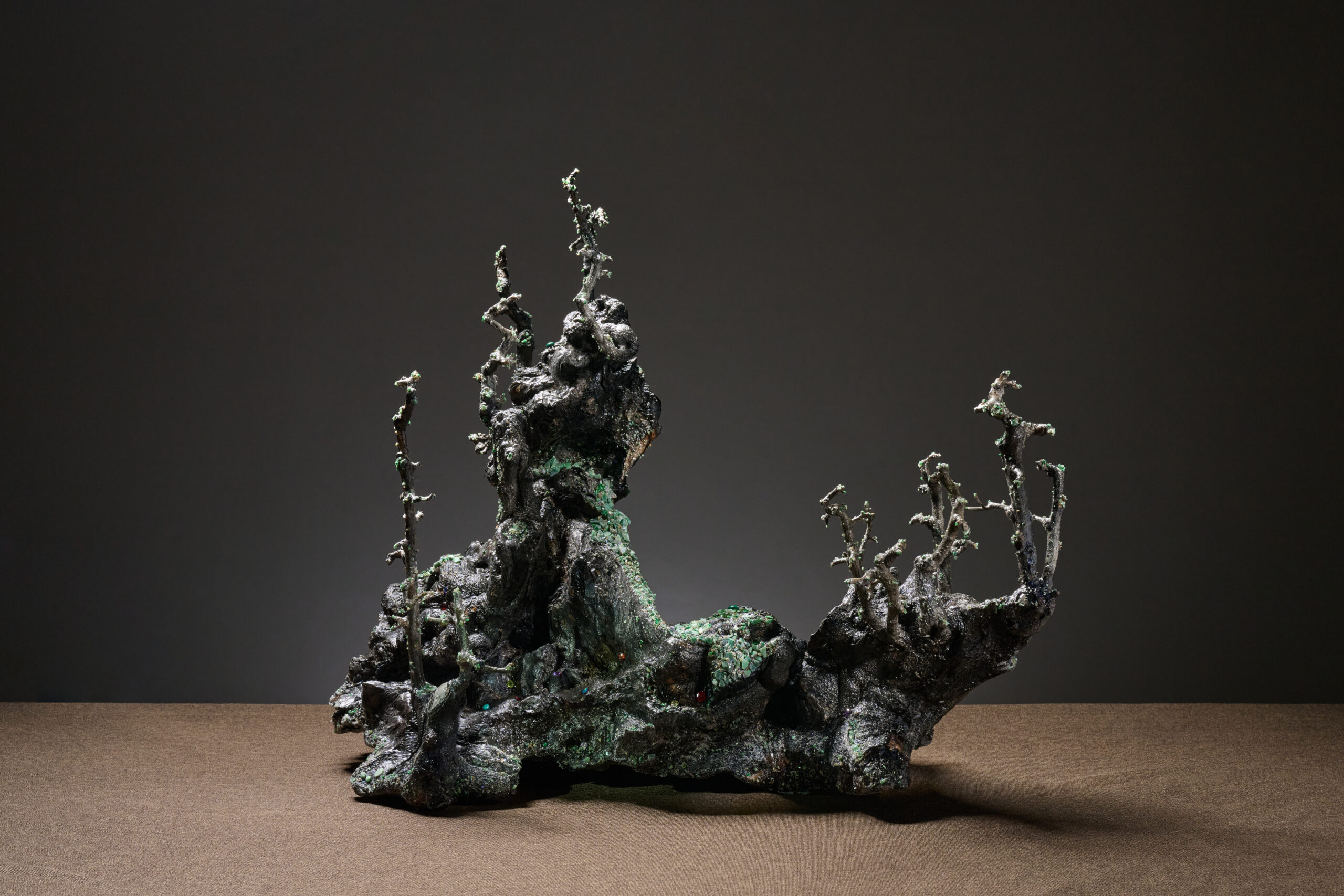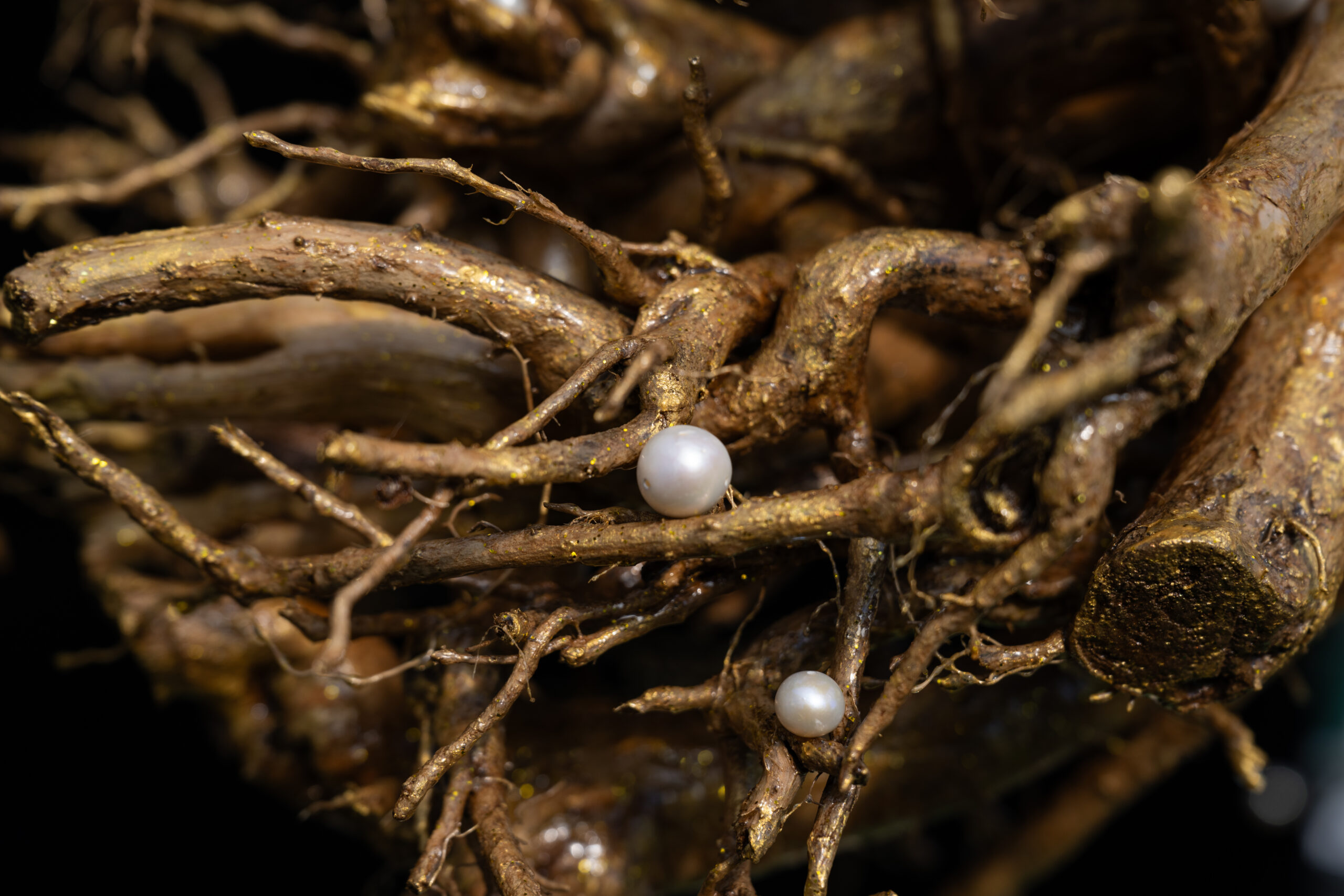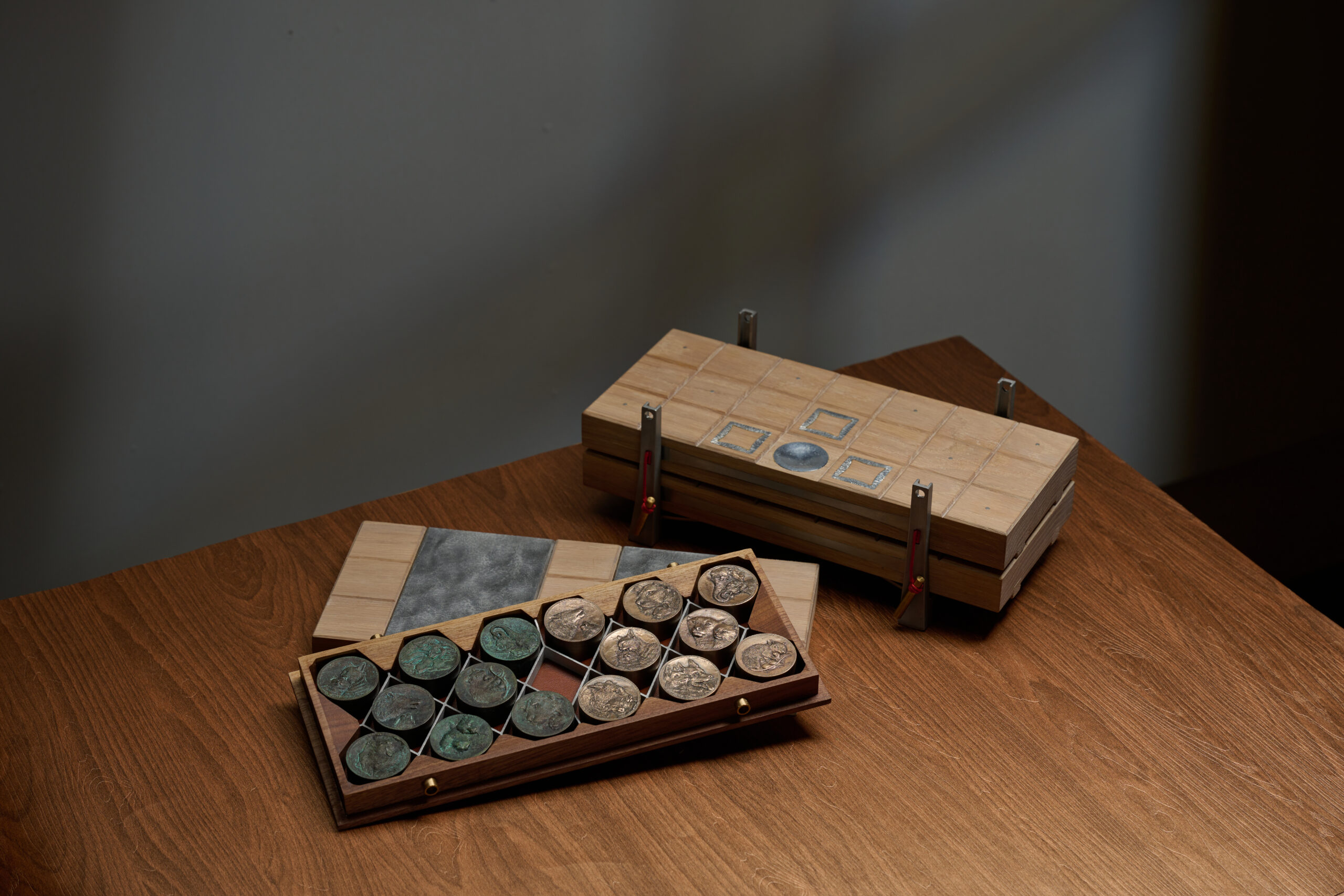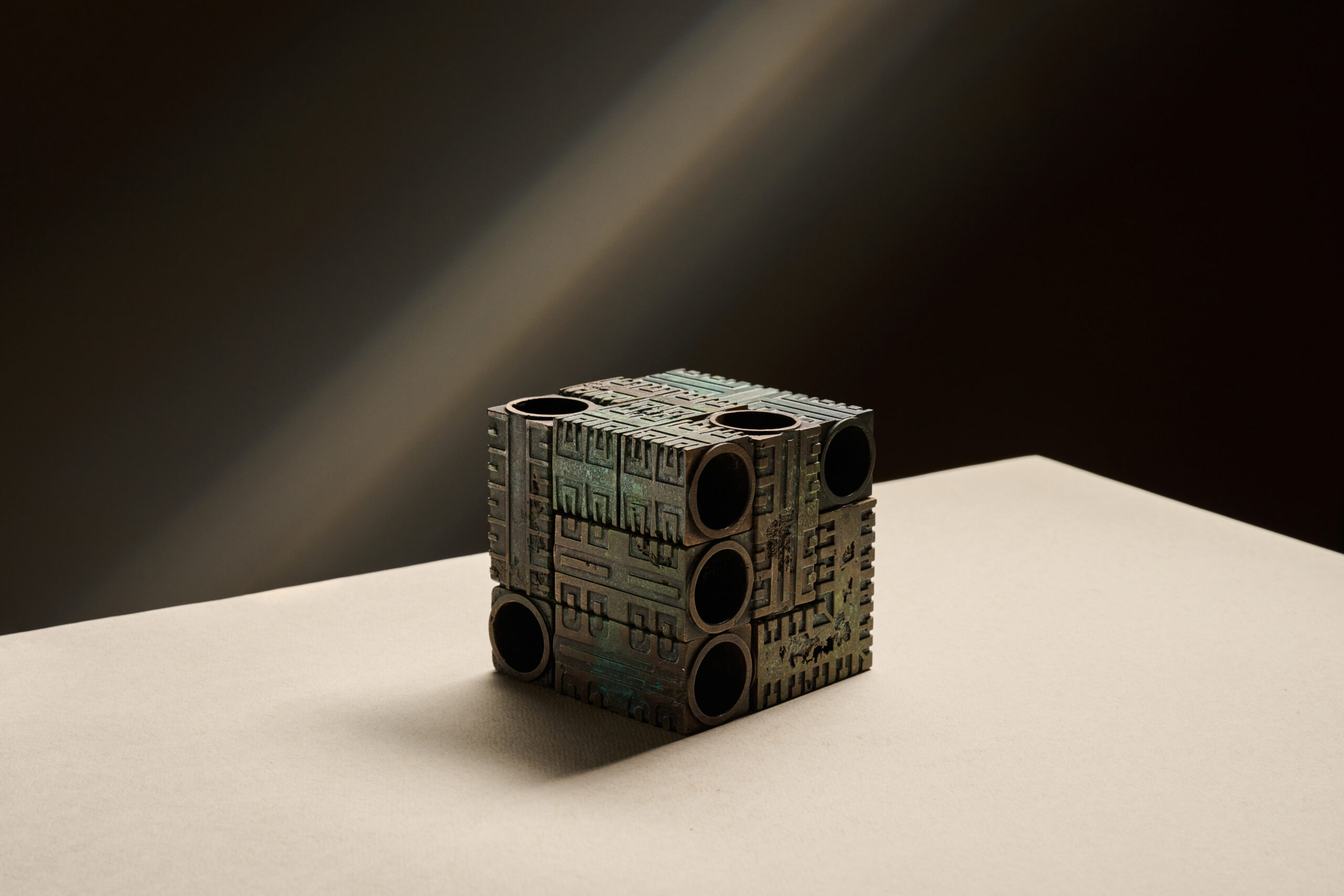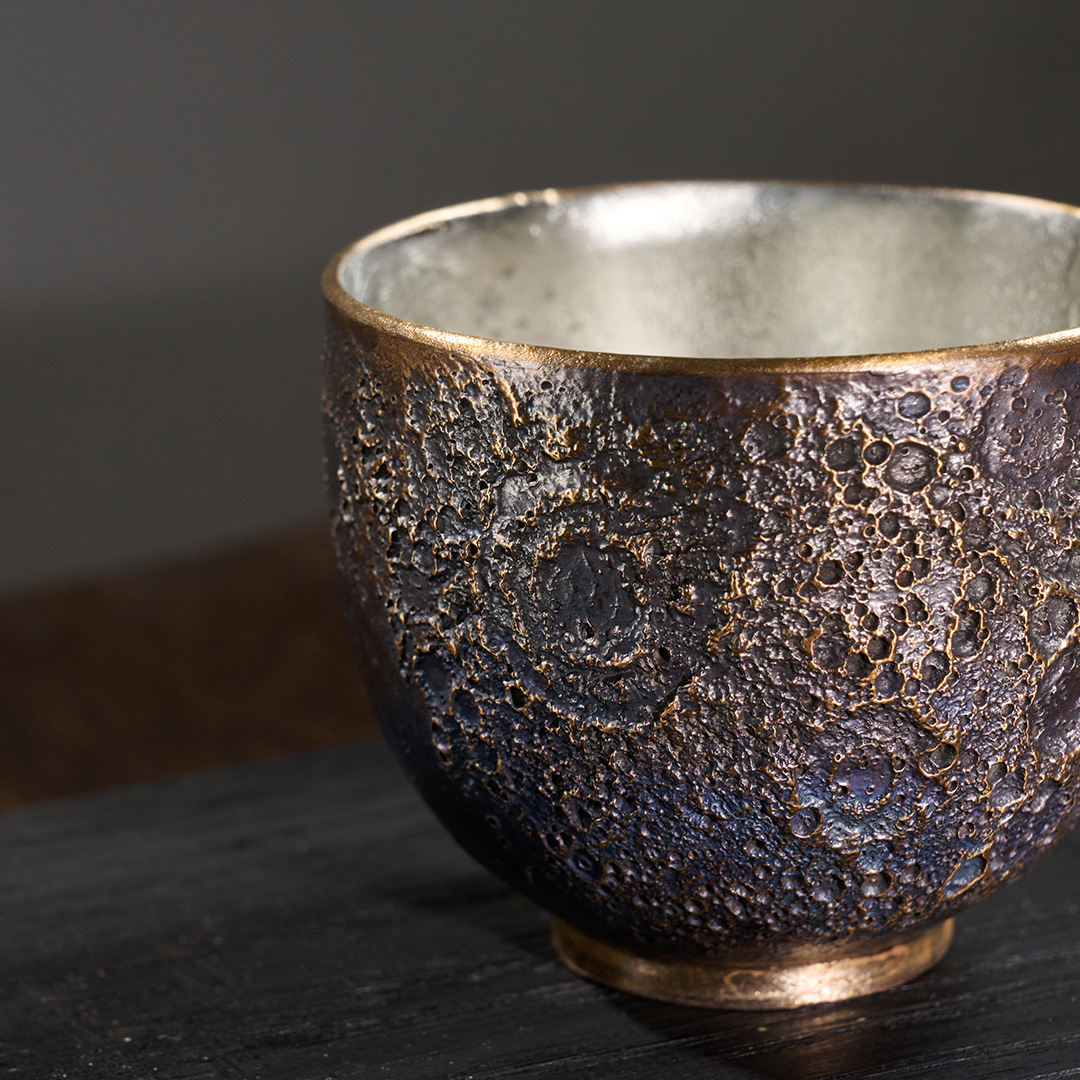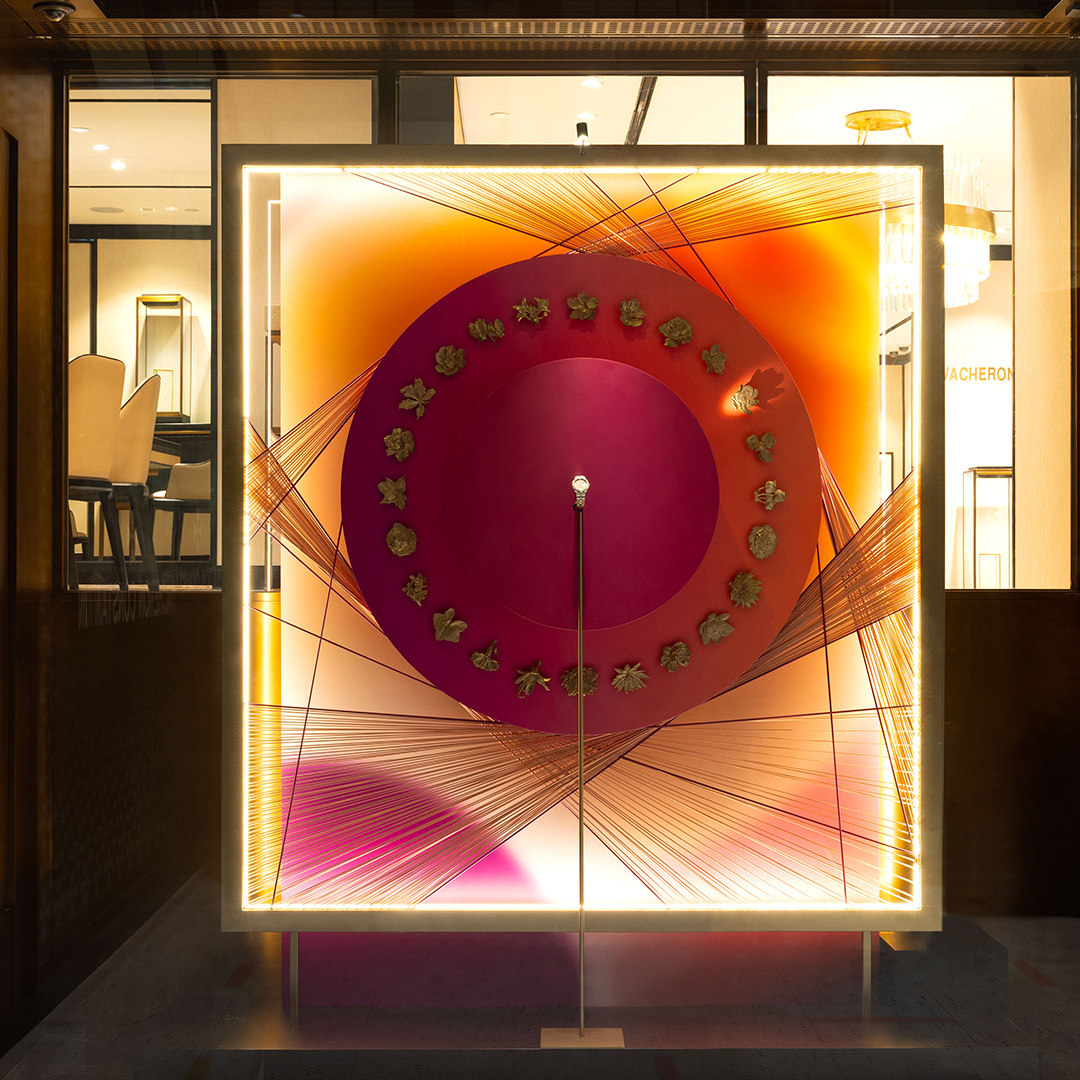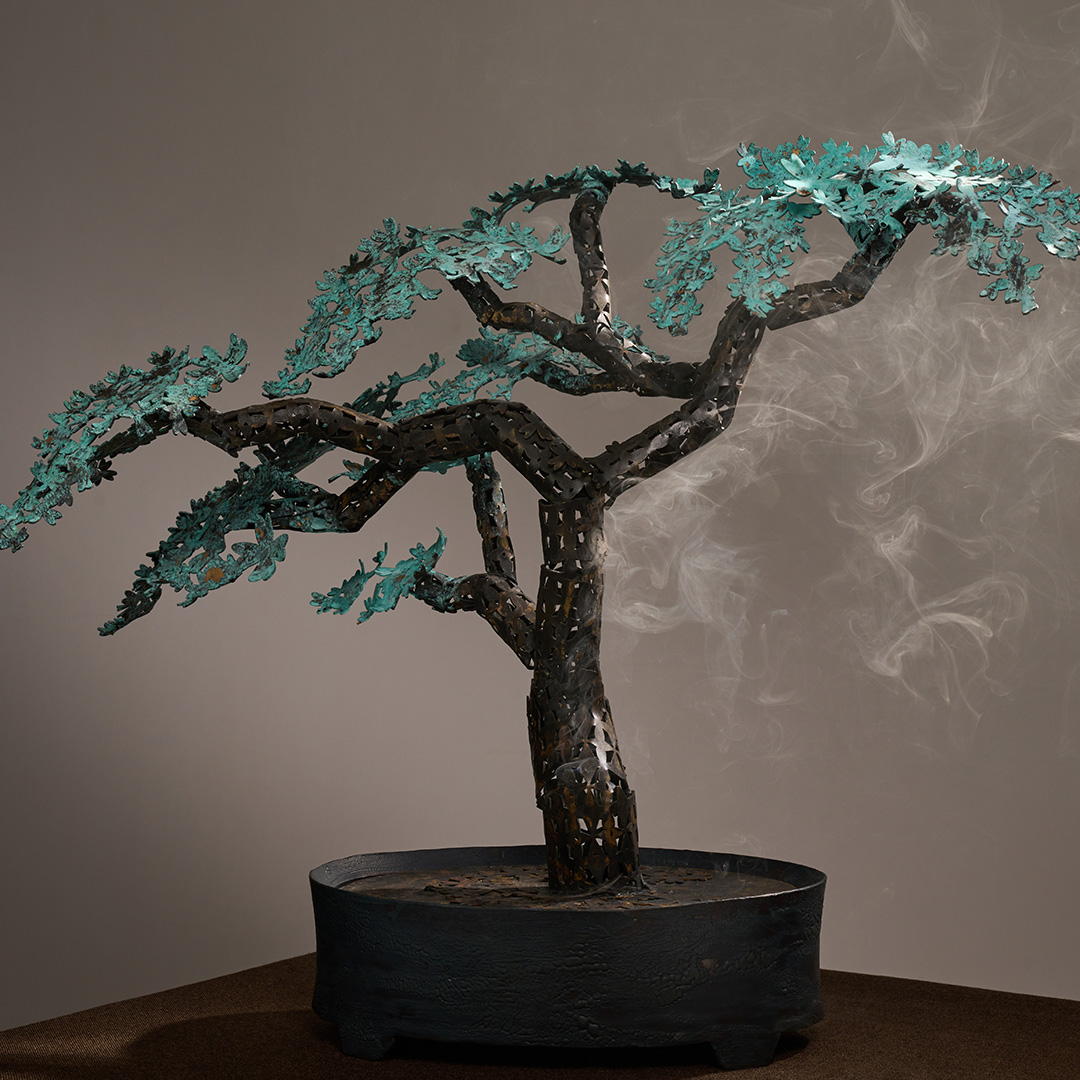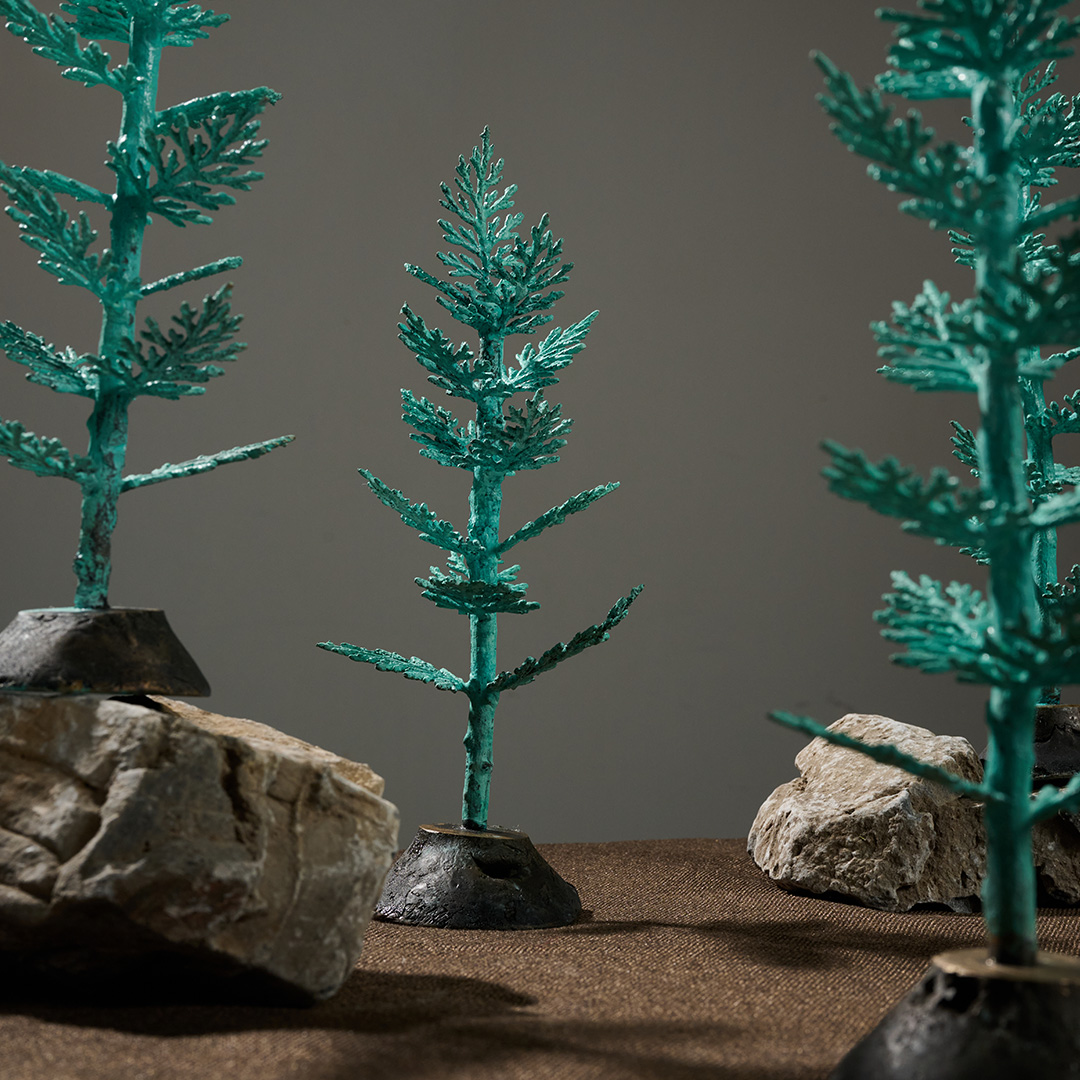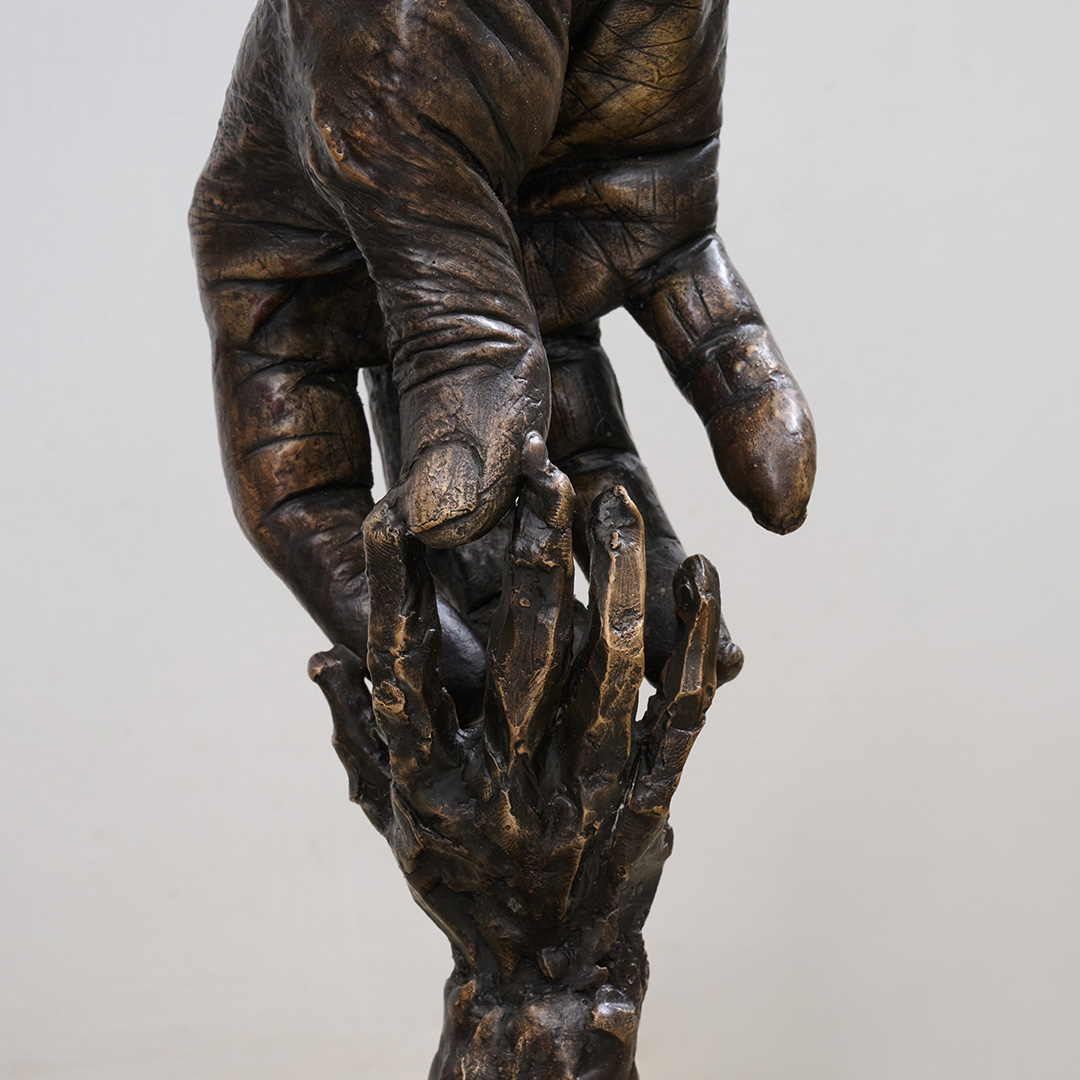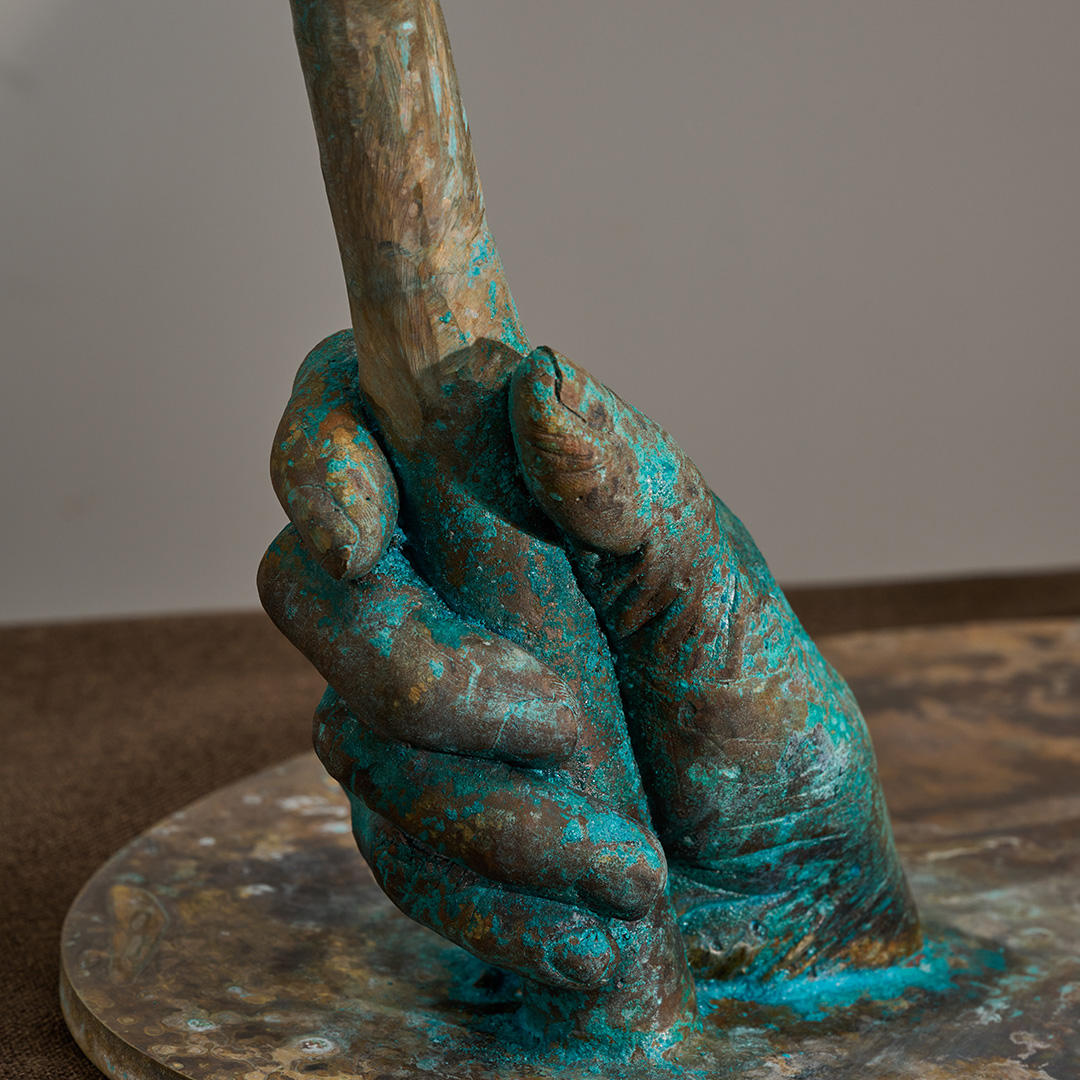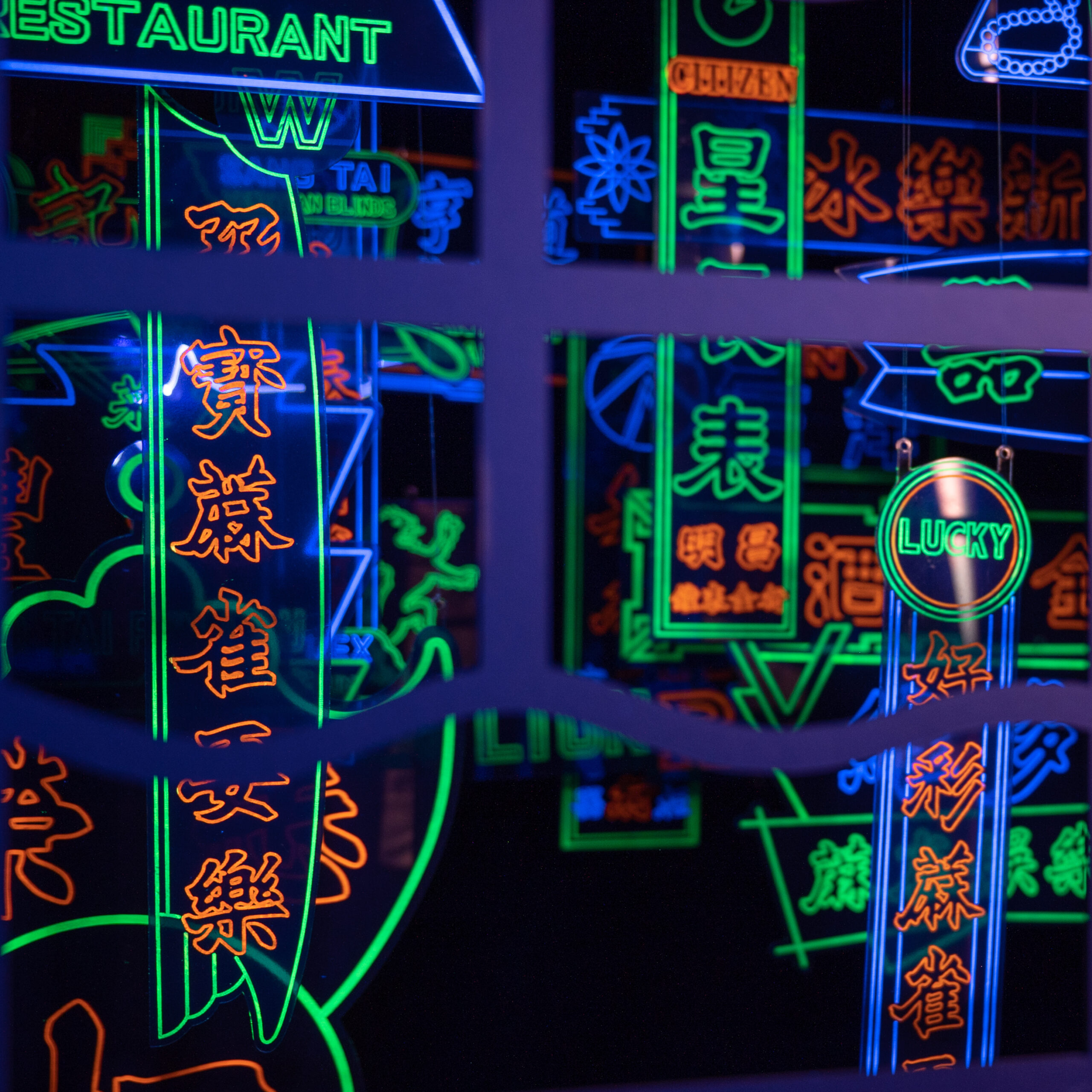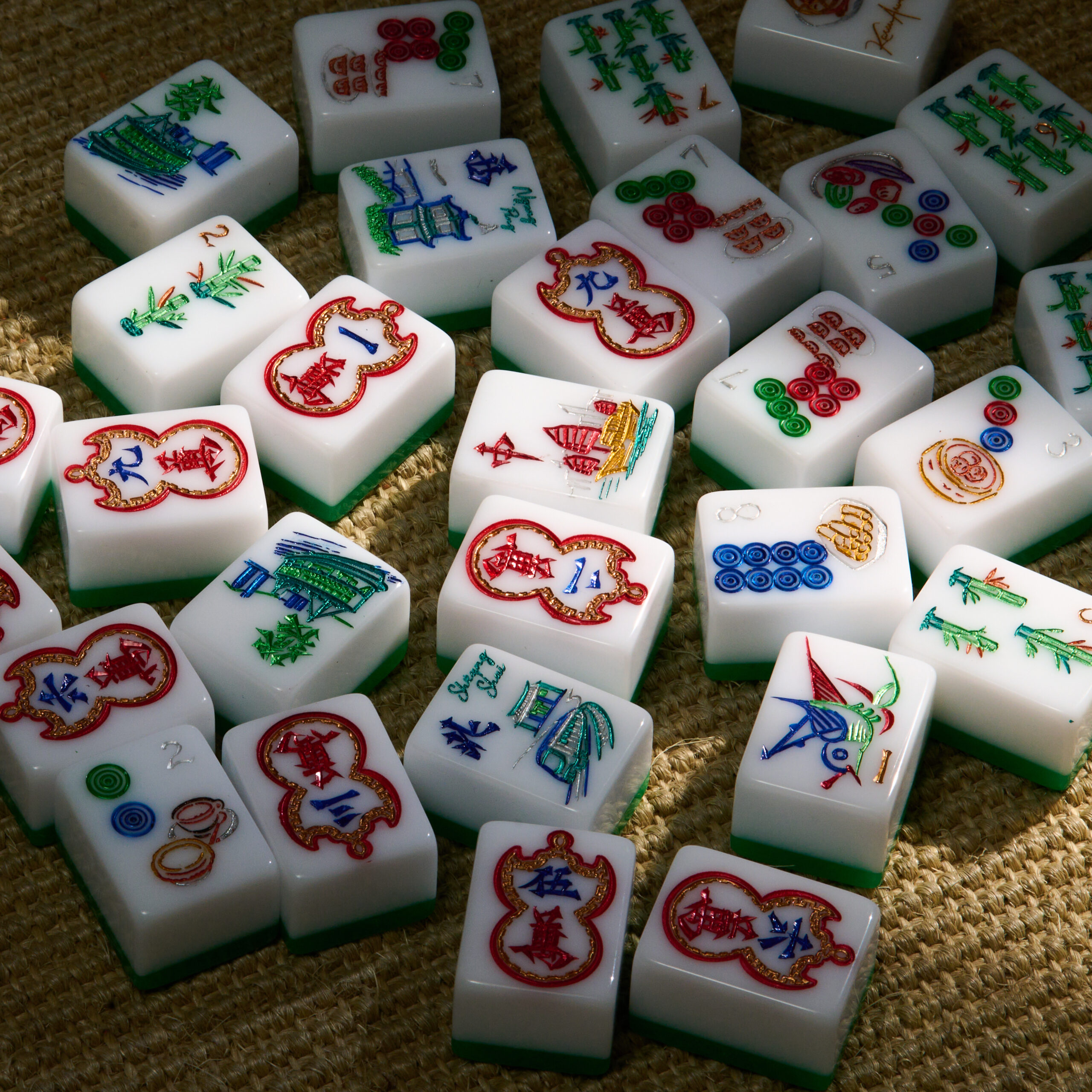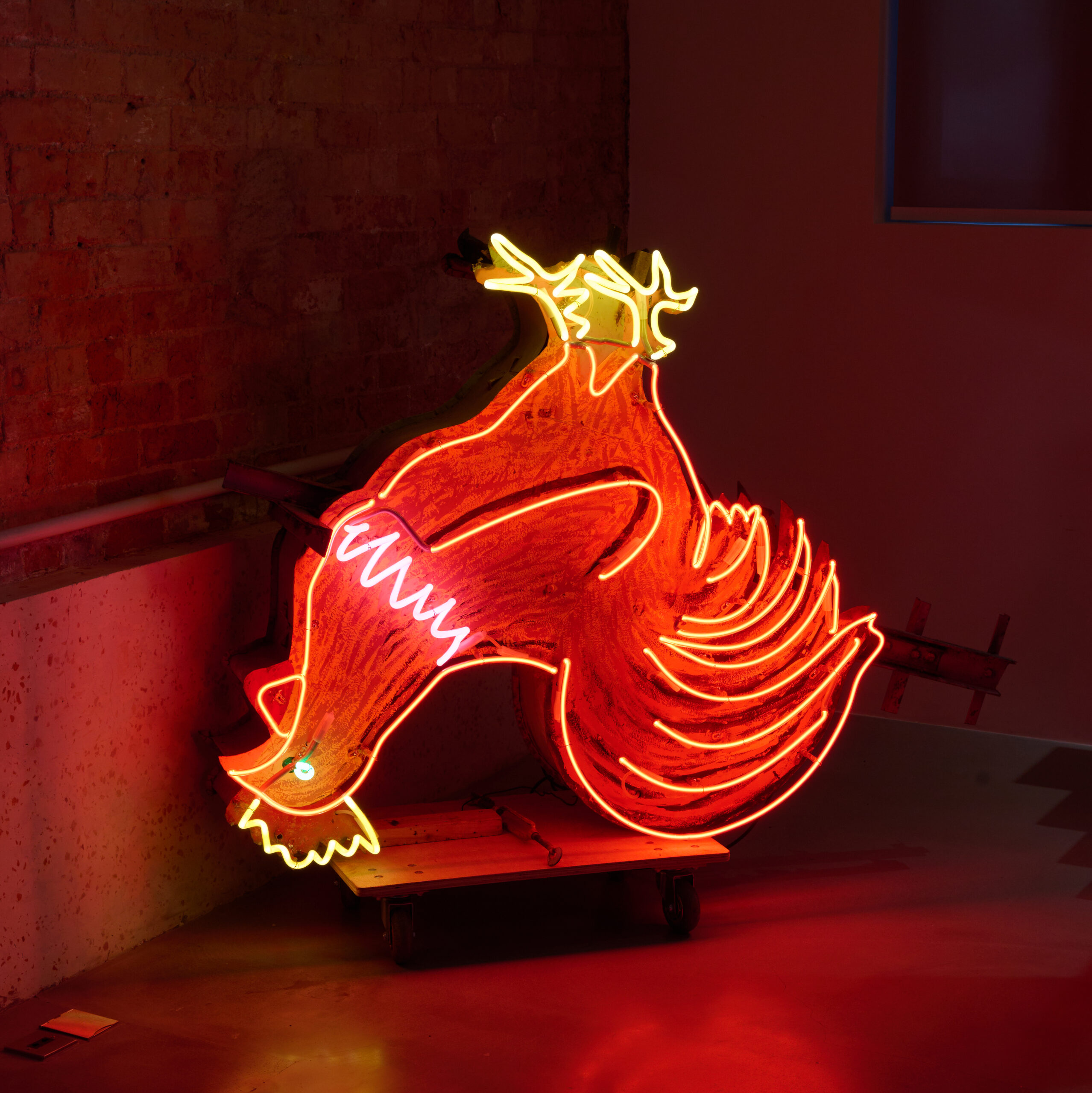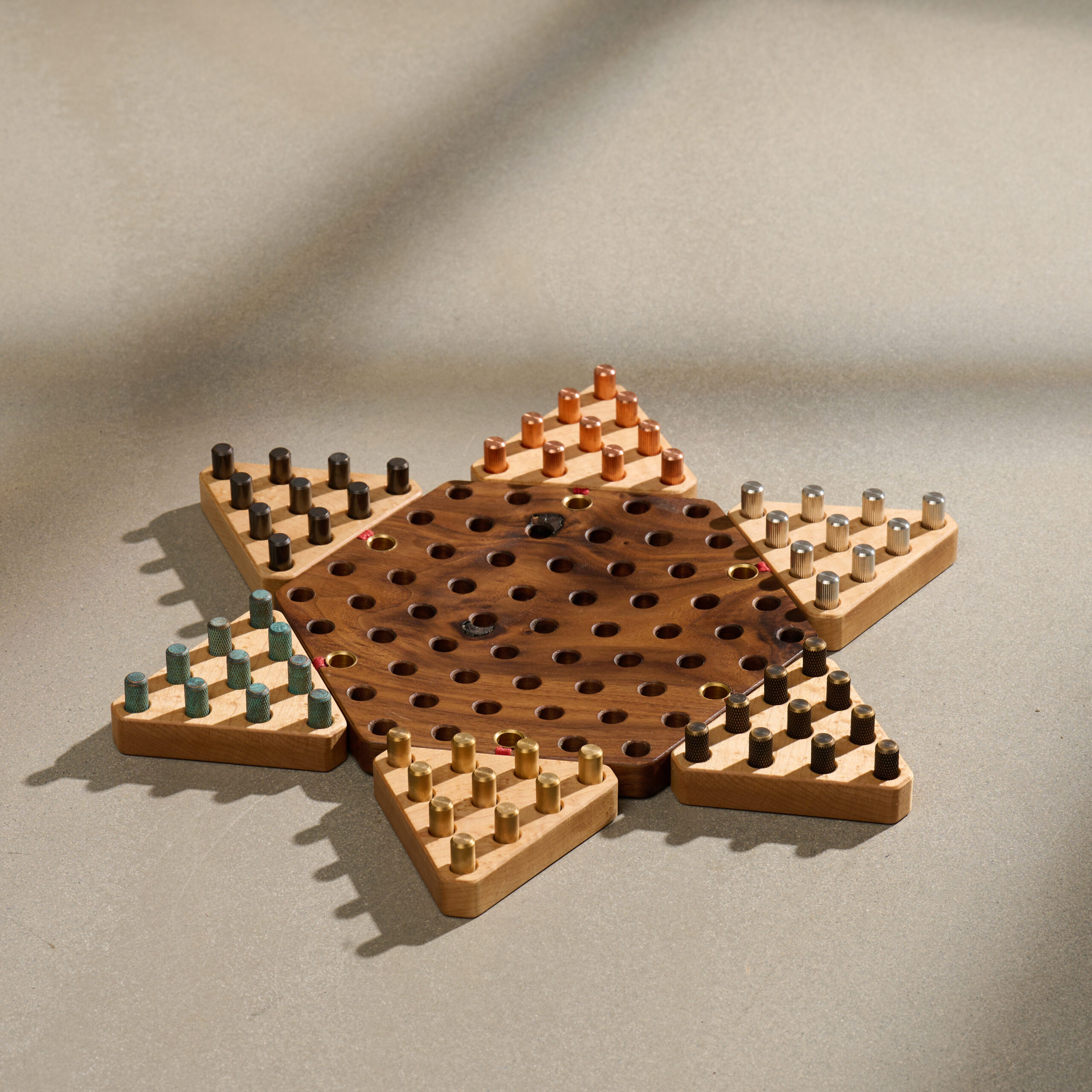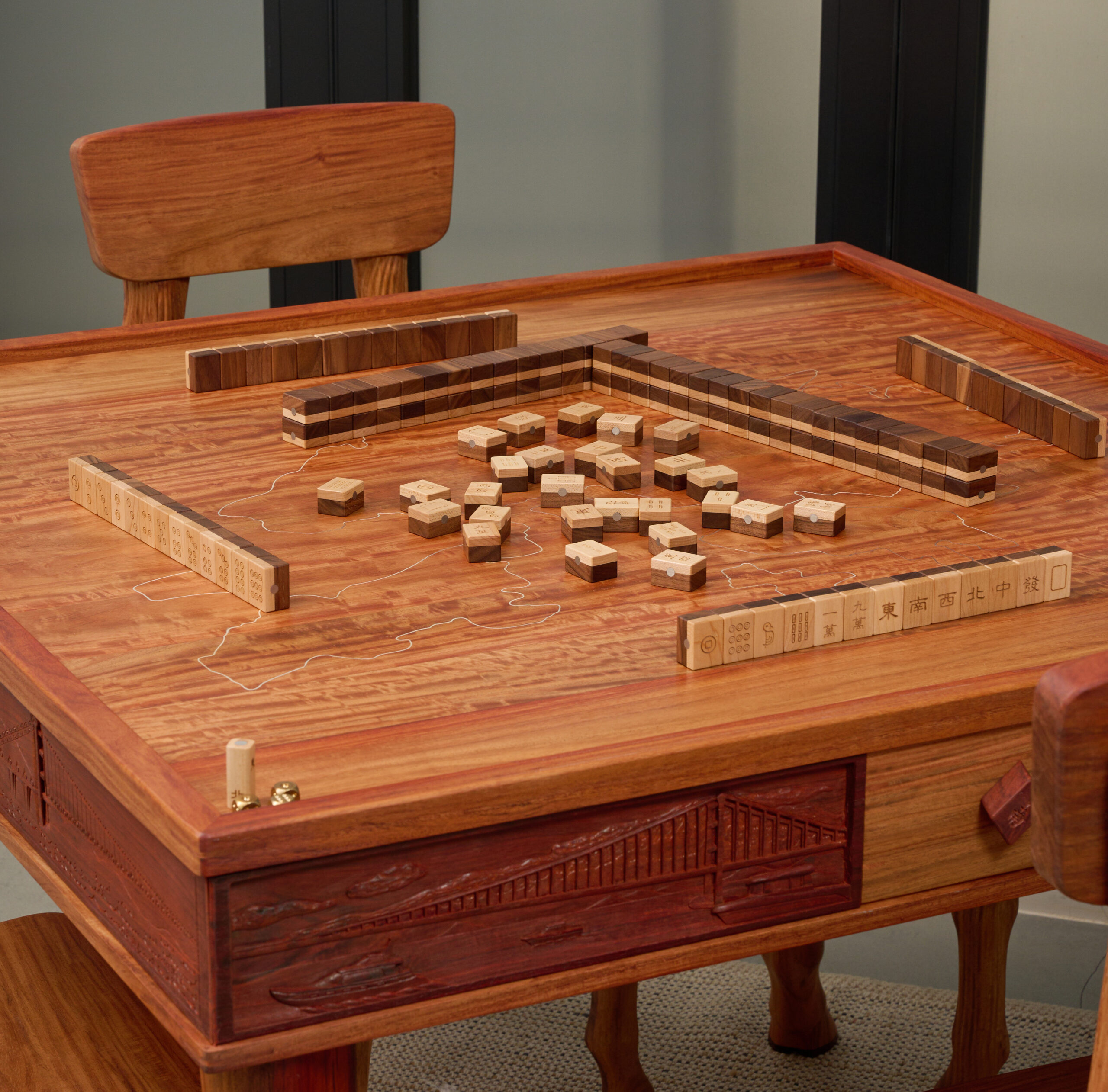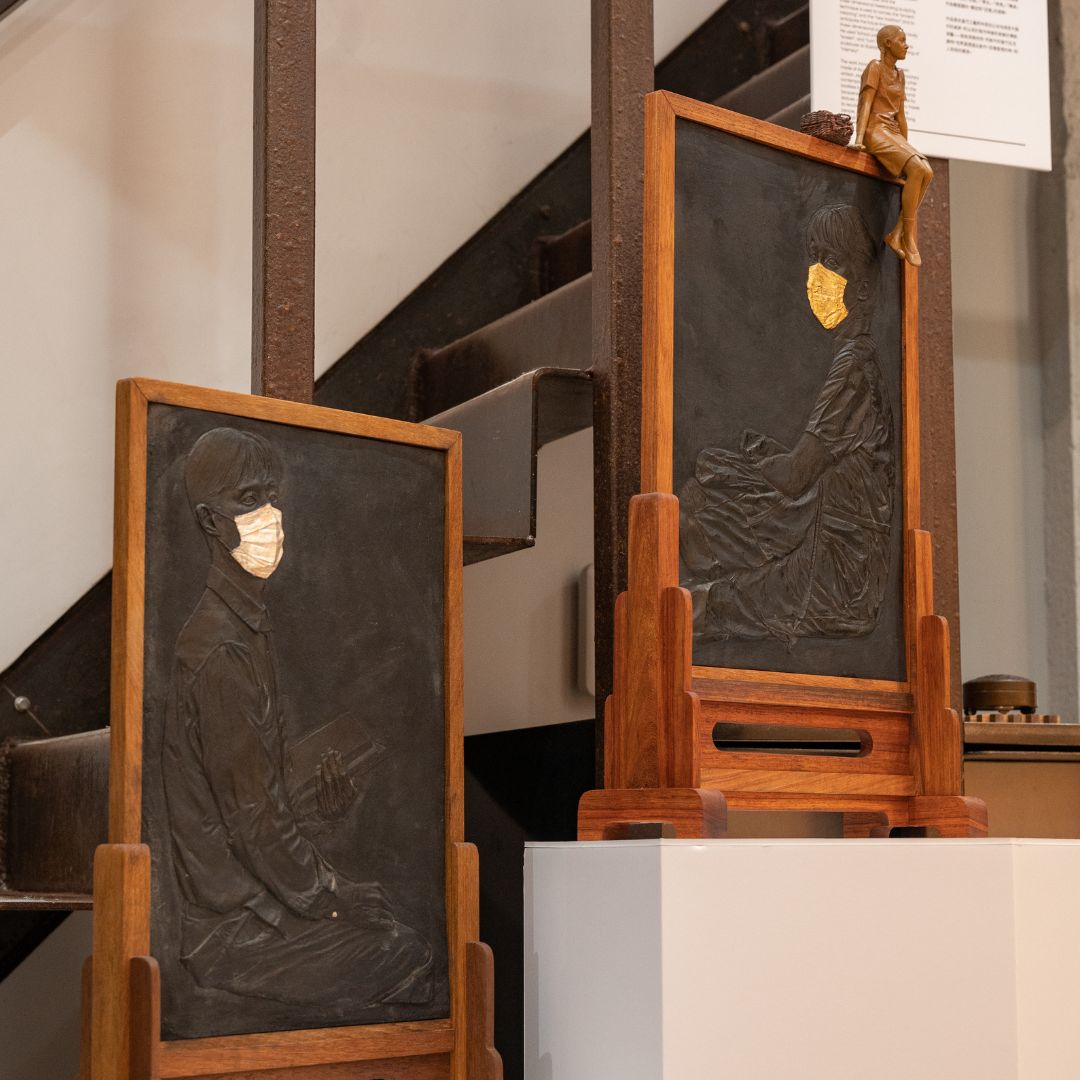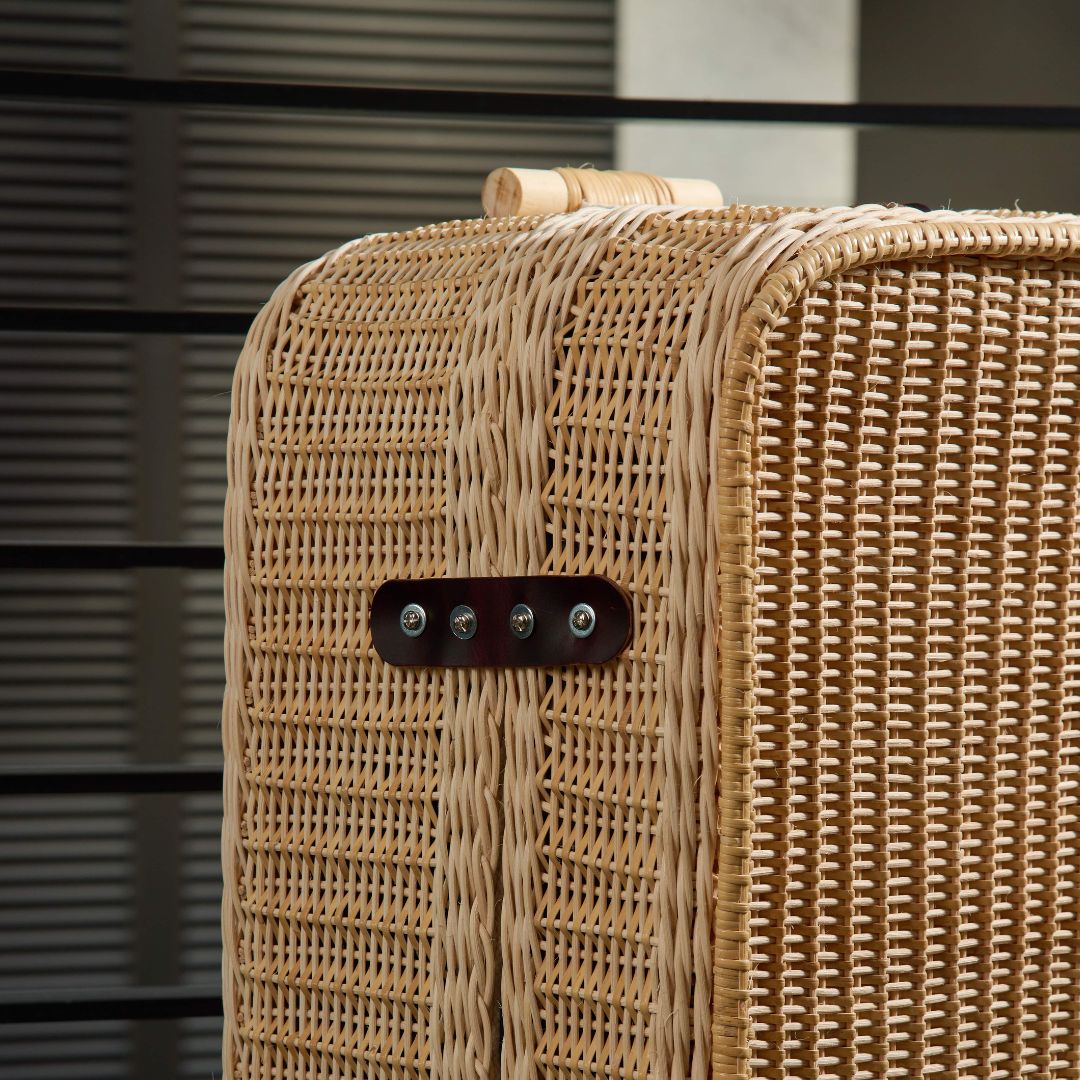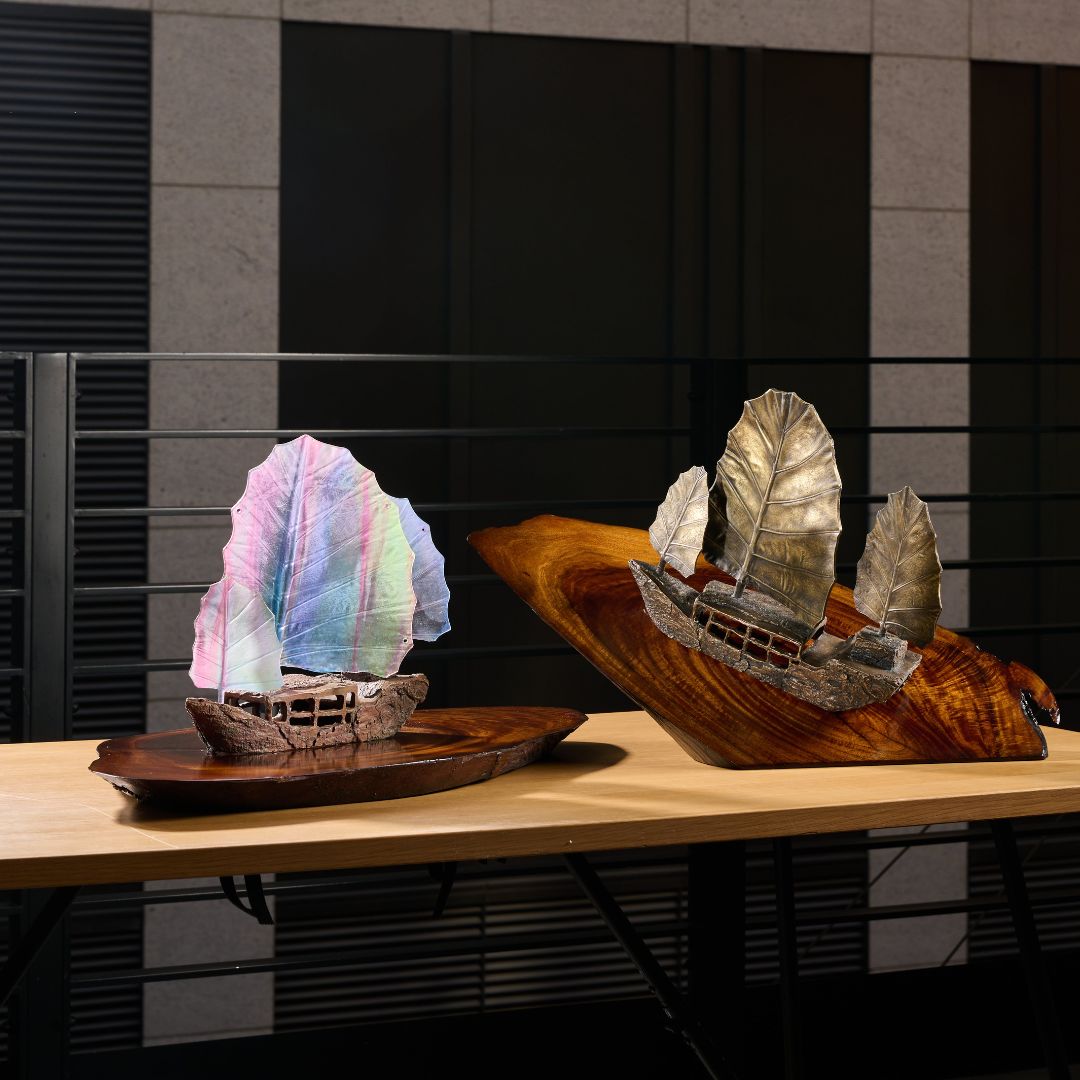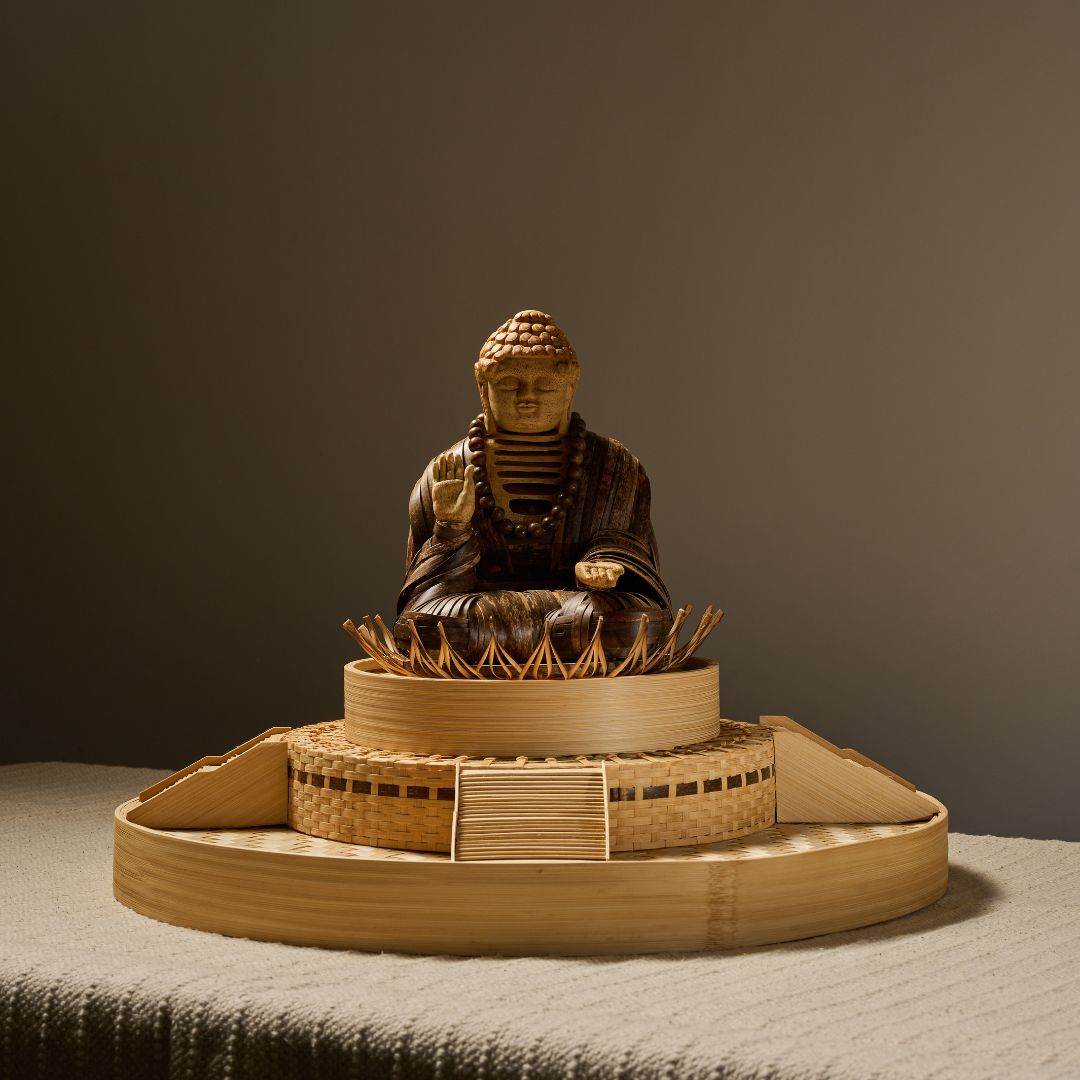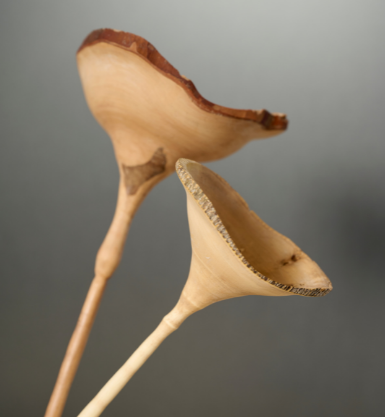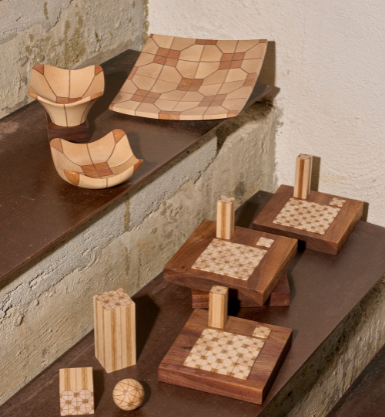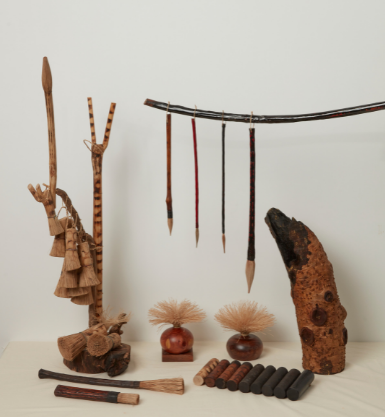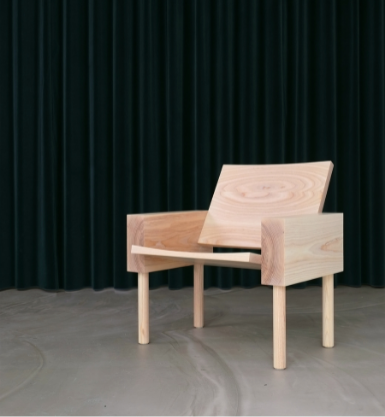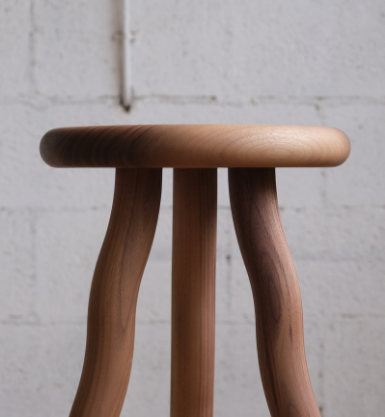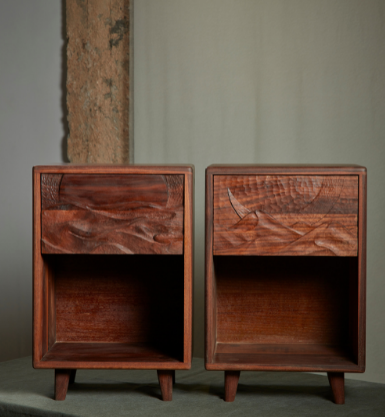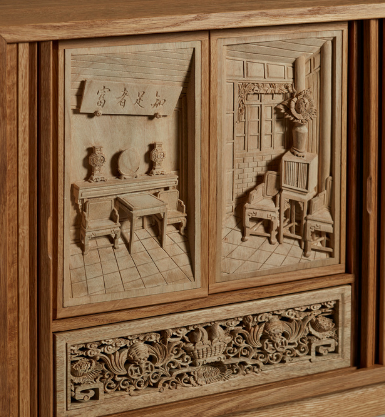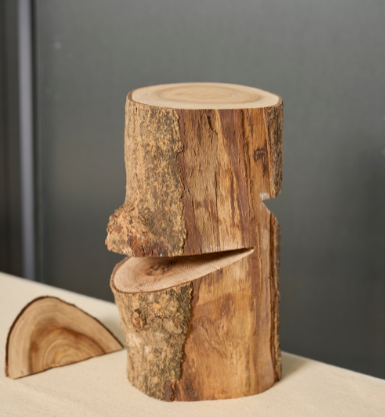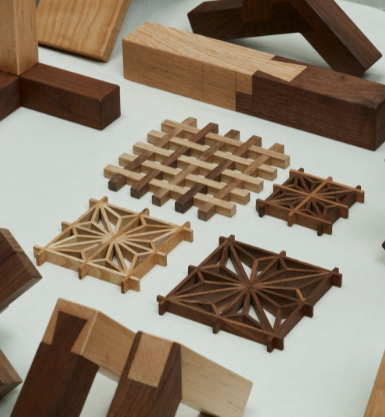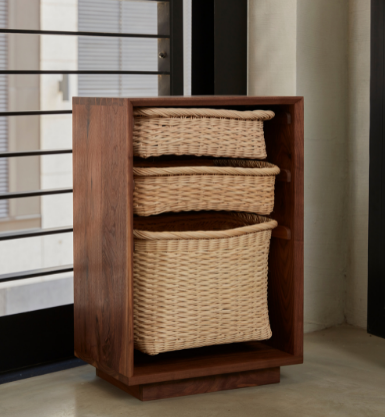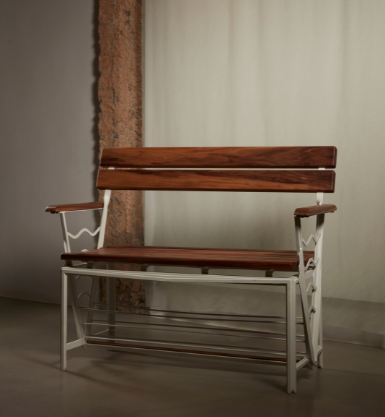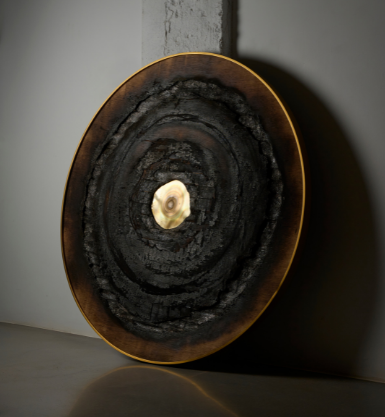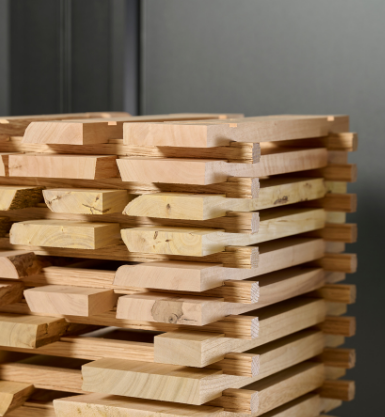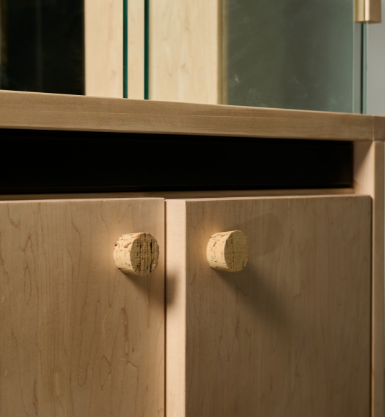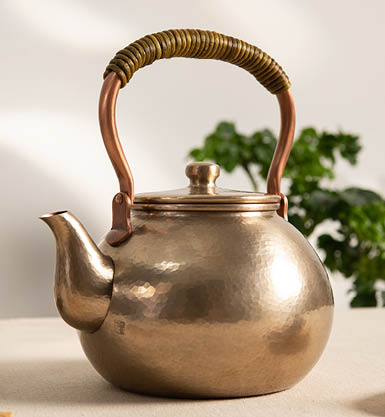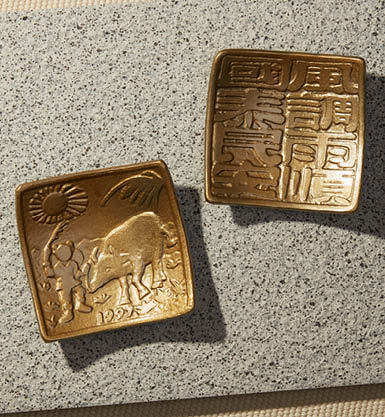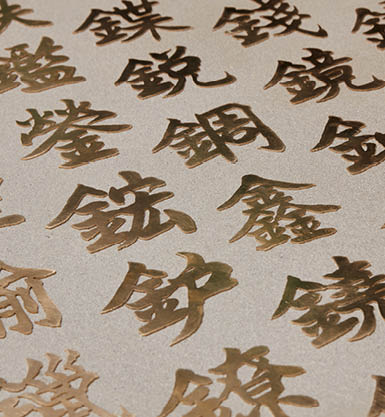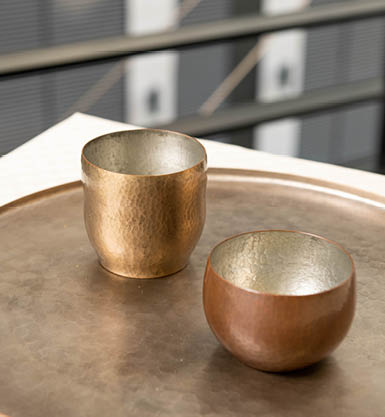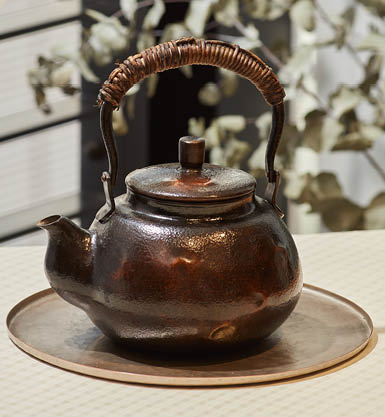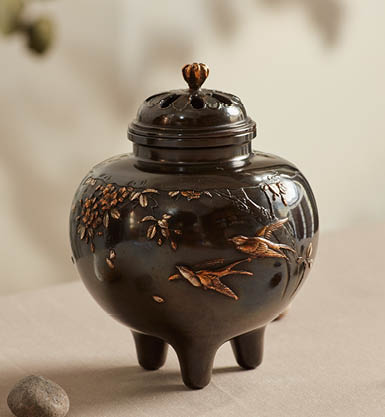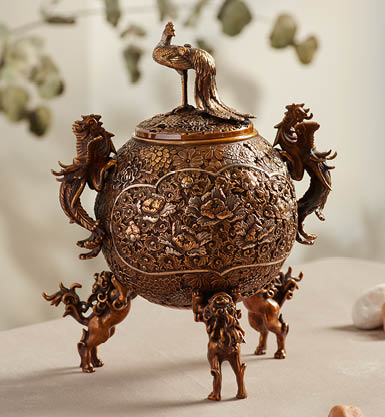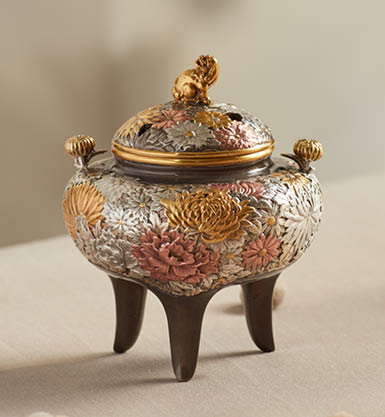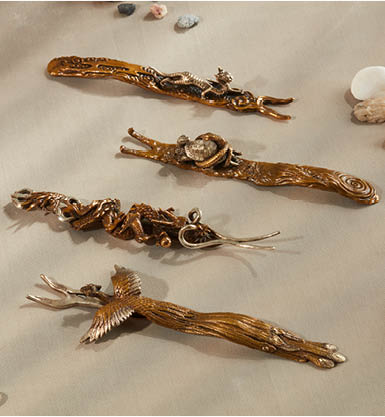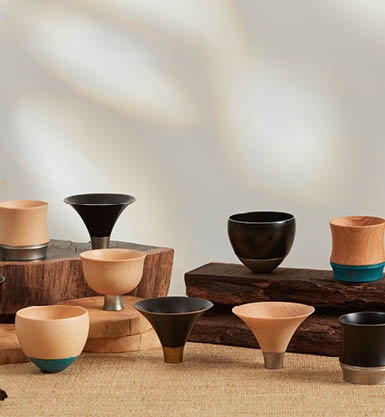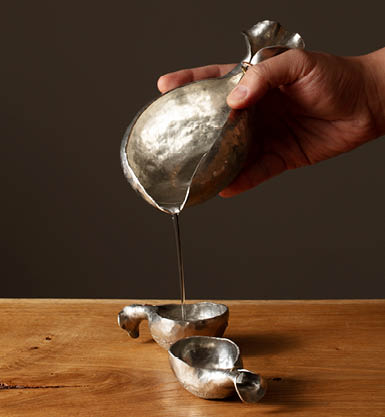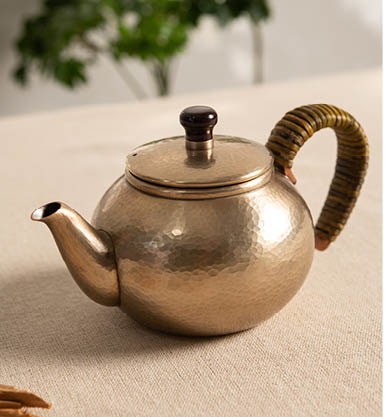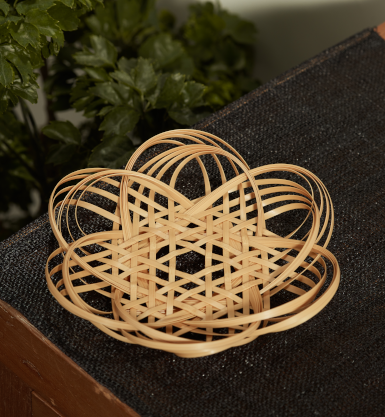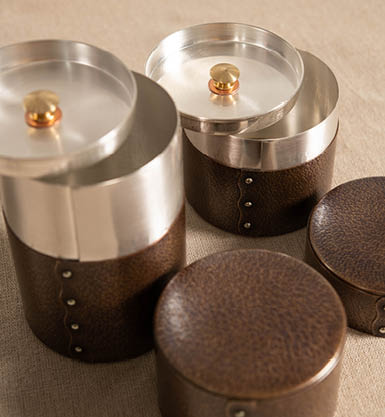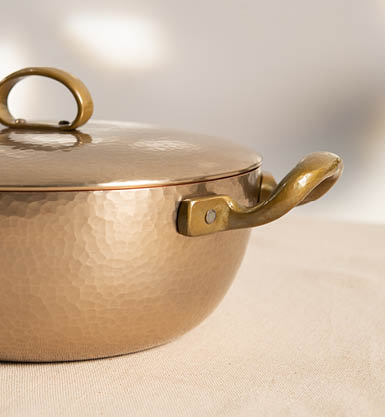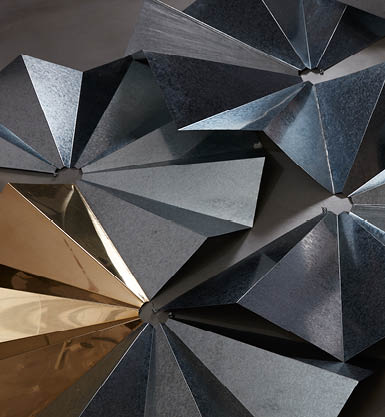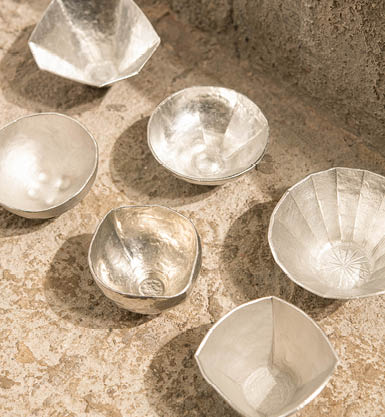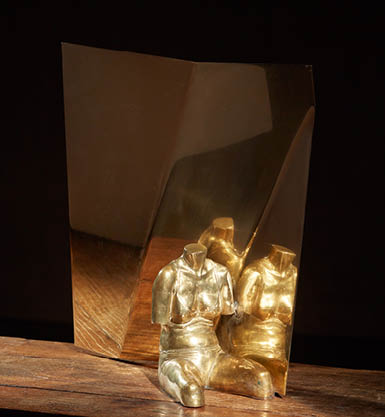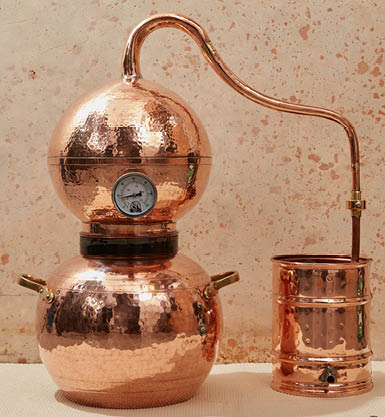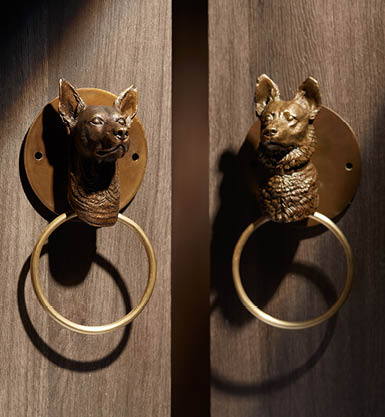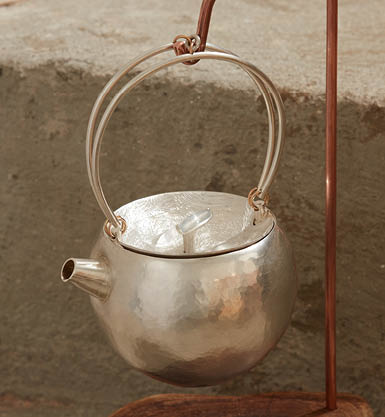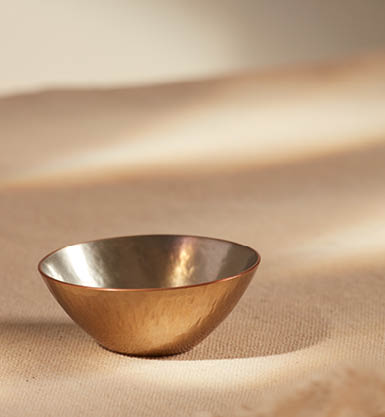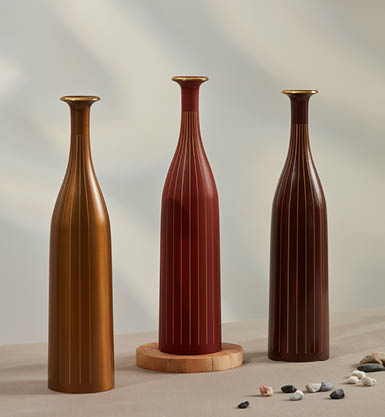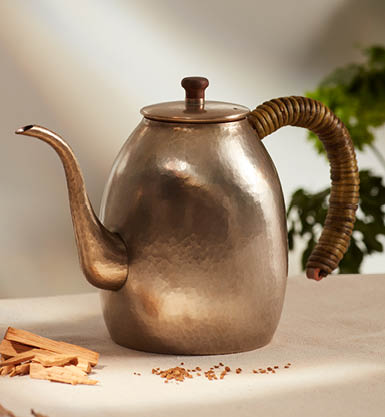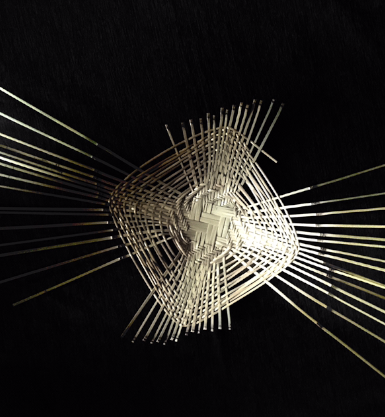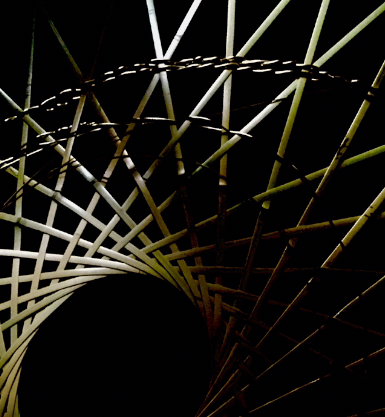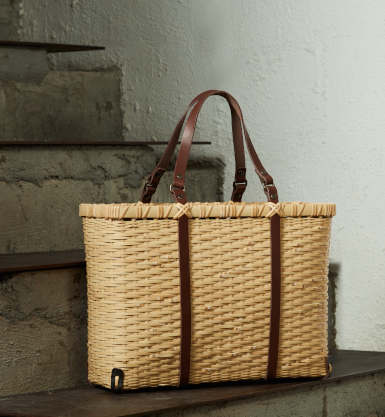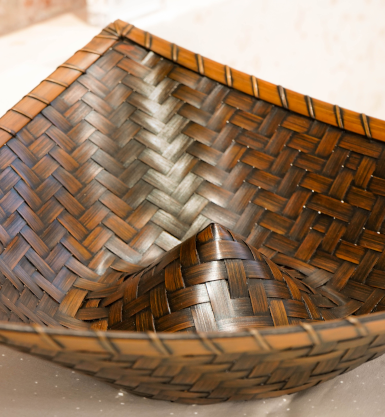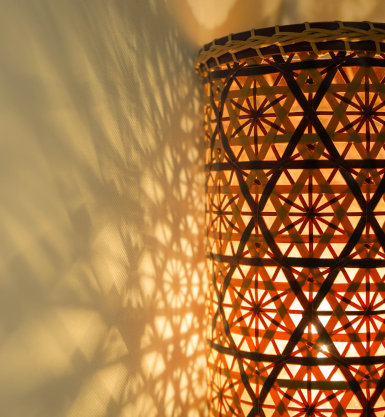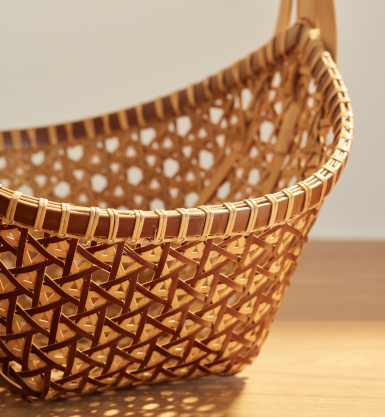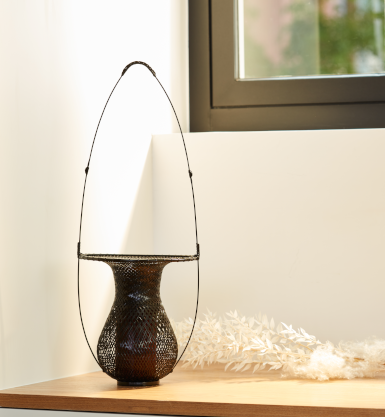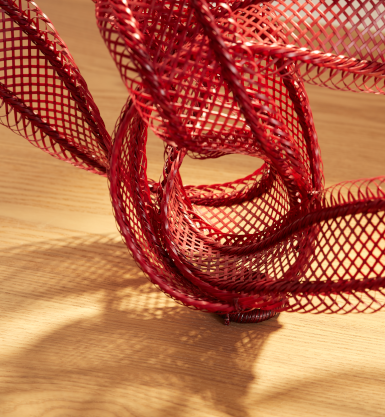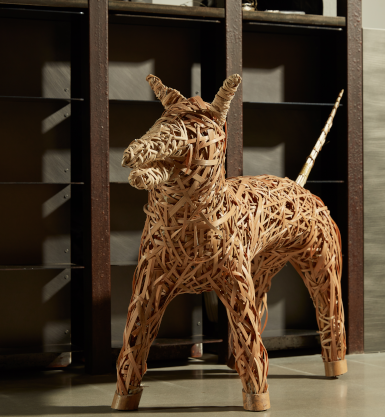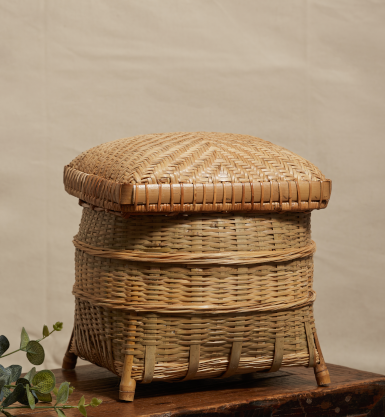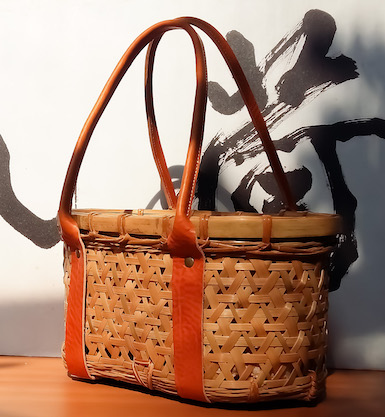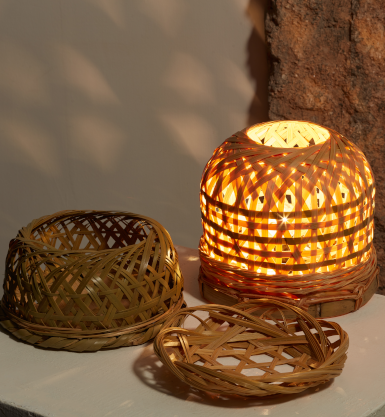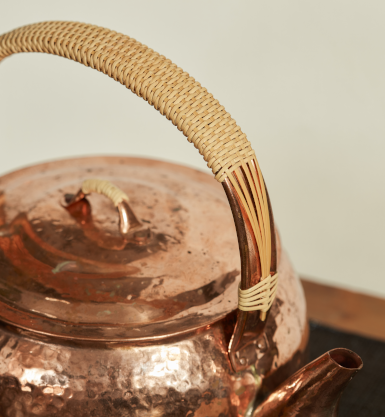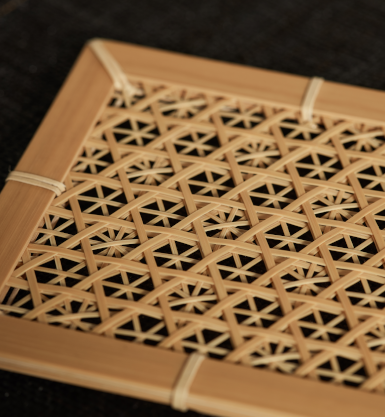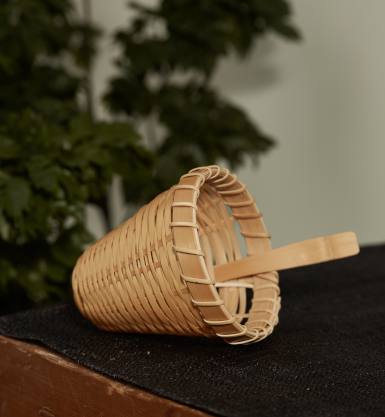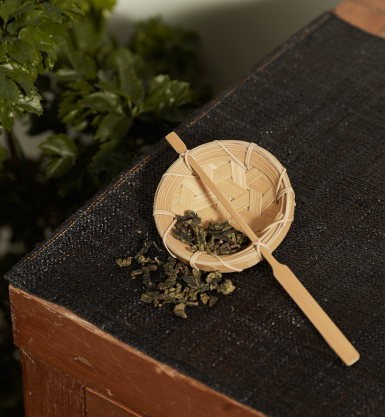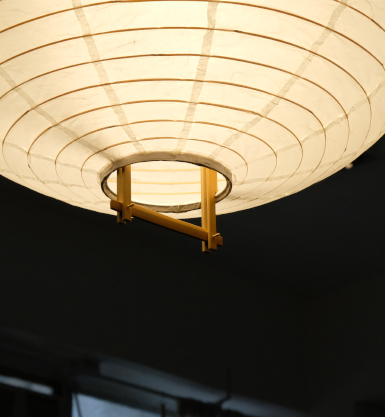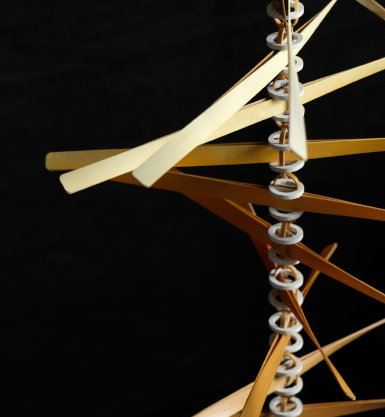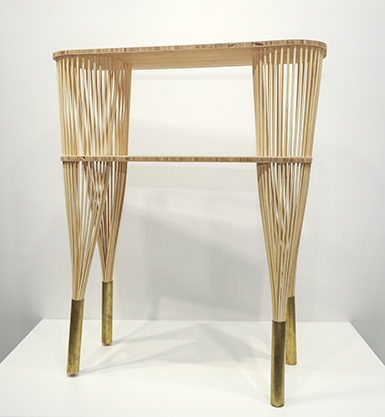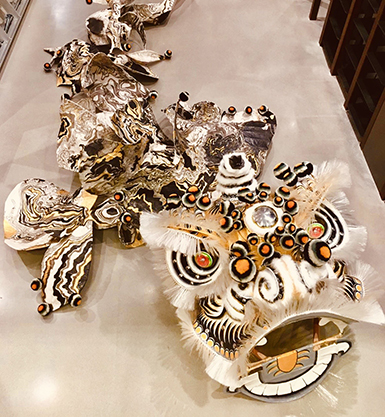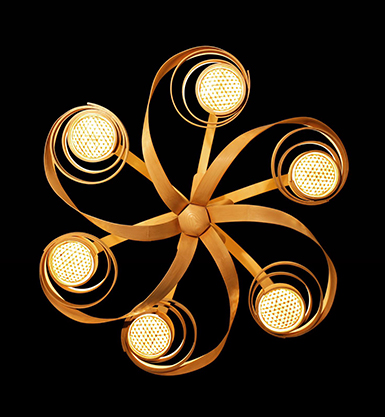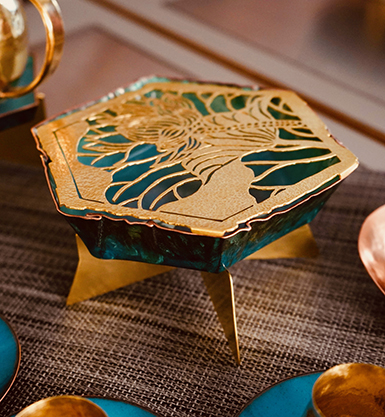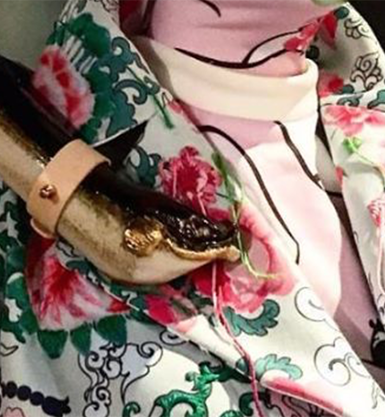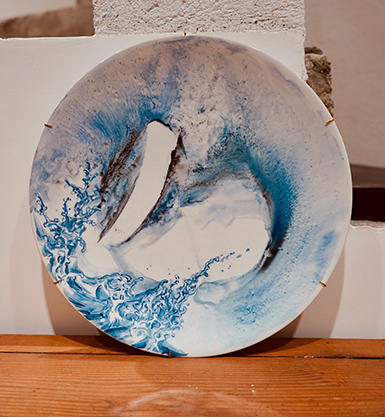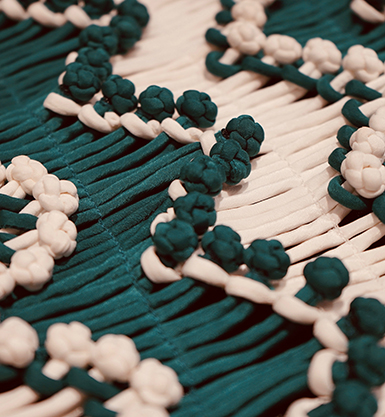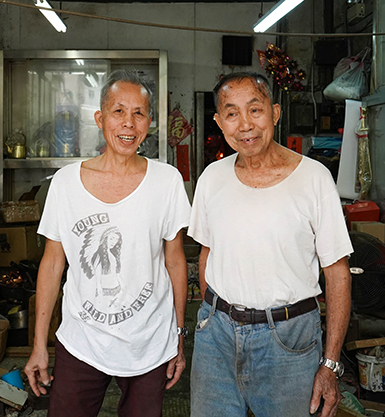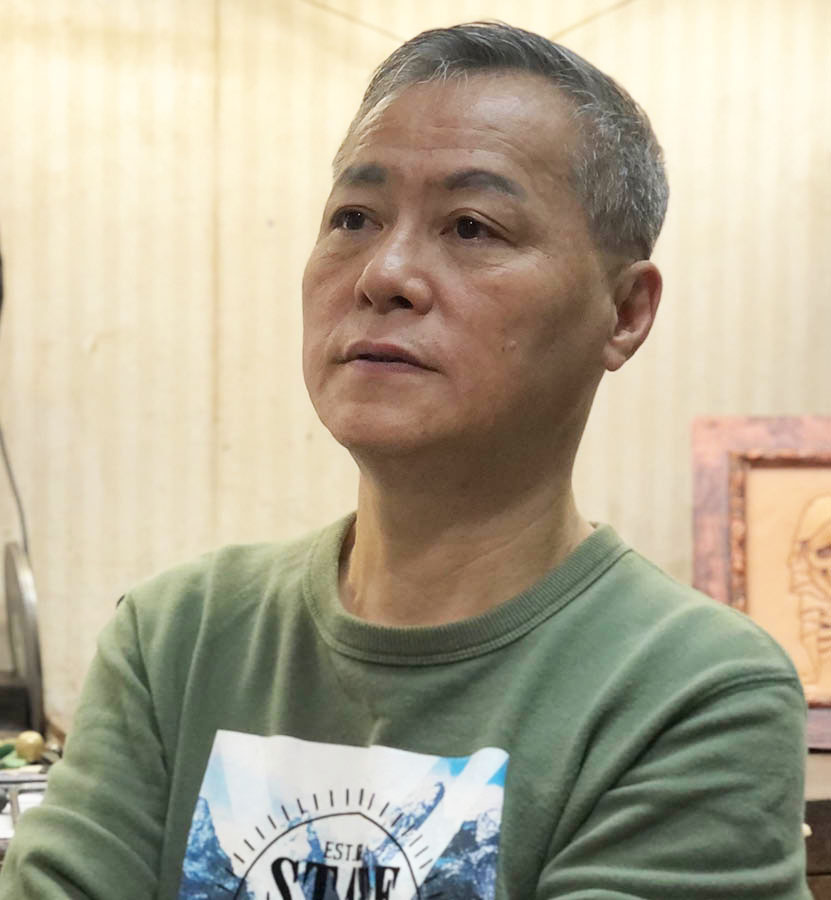Four Seasons
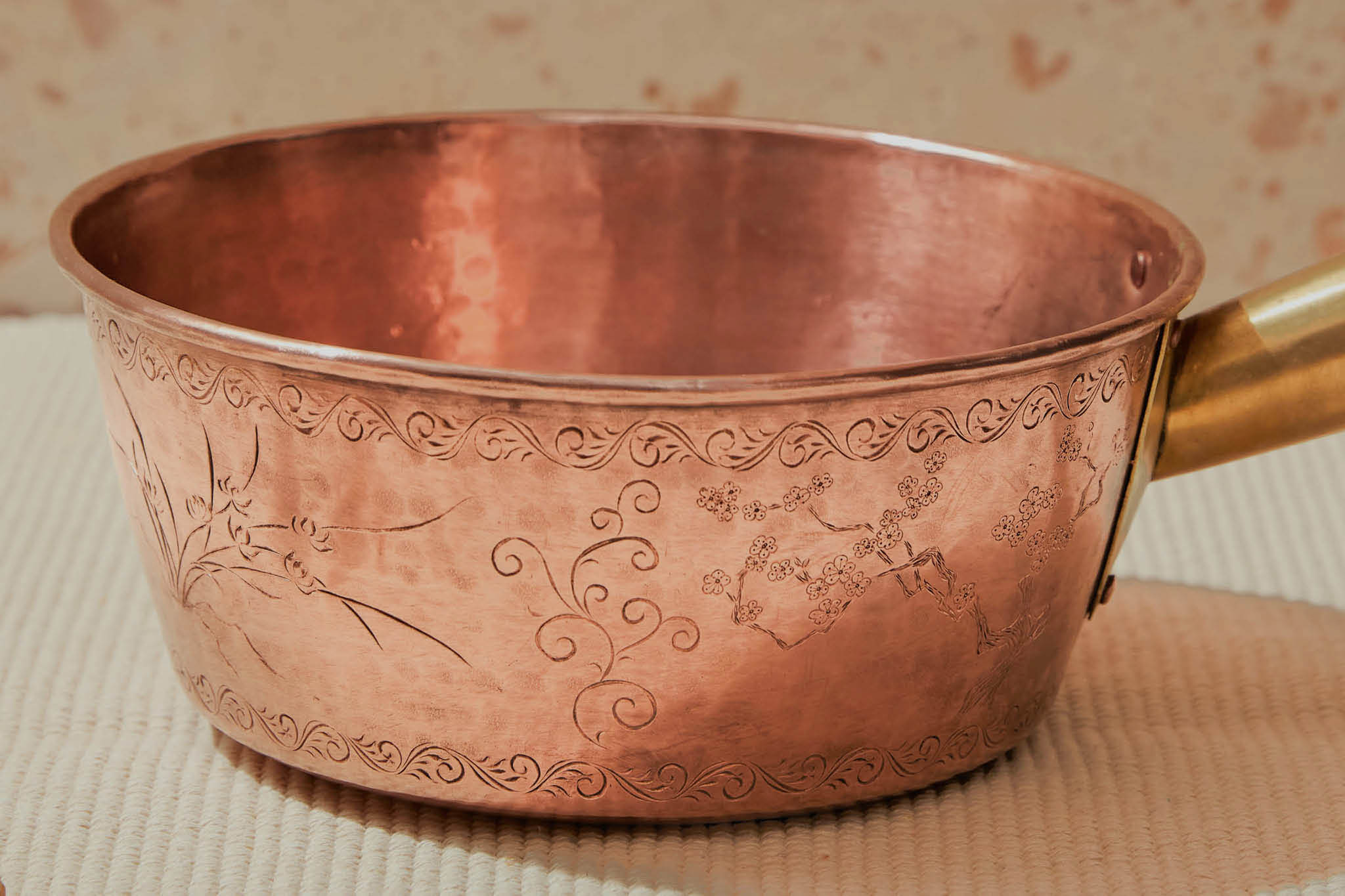
Local traditional craftsmen Peter Ng, Luk Shu Choi and Luk Keung Choi collaborated to create this engraved copper pot. The Luk brothers first created the copper pot through forging. Master Ng further engraved the pot with vines, spiral-shaped patterns, and "The Four Gentlemen" in Chinese classic literature — plum blossom, orchid, bamboo, chrysanthemum. These decorative motifs were carved on the body of the pot, symbolizing the seamless harmony of the four seasons.
One of Ping Kee Copperware's long-established products is the copper pot, which was mainly supplied to local congee shops. Copper conducts heat well and can withstand high temperatures, making it especially suitable for cooking congee, a favorite of the Cantonese. It is a popular belief that copper pots can bring out the congee's delicate flavor and ingredients.
Master Ng and the Luk brothers have known and admired each other for many years, but they have never collaborated until now. The techniques of Master Ng have mainly been used in the jewelry industry, while the Luk brothers focused more on making daily household objects. This collaboration is a new way to demonstrate the traditional "division of labor" in the metal industry and the interdependent relationships between craftsmen.
STORY OF THE TRADITIONAL CRAFT
Hong Kong's metalwork industry began to develop in the 1940s and 1950s. In the beginning, most shops were family-run and items were mostly handmade. From the late 1950s to the 1960s, foreign merchants in related industries came to Hong Kong to do business and purchase goods. According to Master Ng, engraving reached its golden age when there were around a hundred craftsmen in this field. At that time, diamonds were very expensive and unaffordable. With engraving, the glistening motifs resemble that of diamonds from a distance, rendering its popularity at the time.
Rapid economic development in Hong Kong during the 1970s increased the demand for diamonds while metal engraving slowly declined. In the mid-1980s, the "millgrain" pattern became popular, which was done by adding raised beaded patterns along the edges of the works, enhancing the aesthetic appeal. This pattern remained popular until the end of the 1990s.
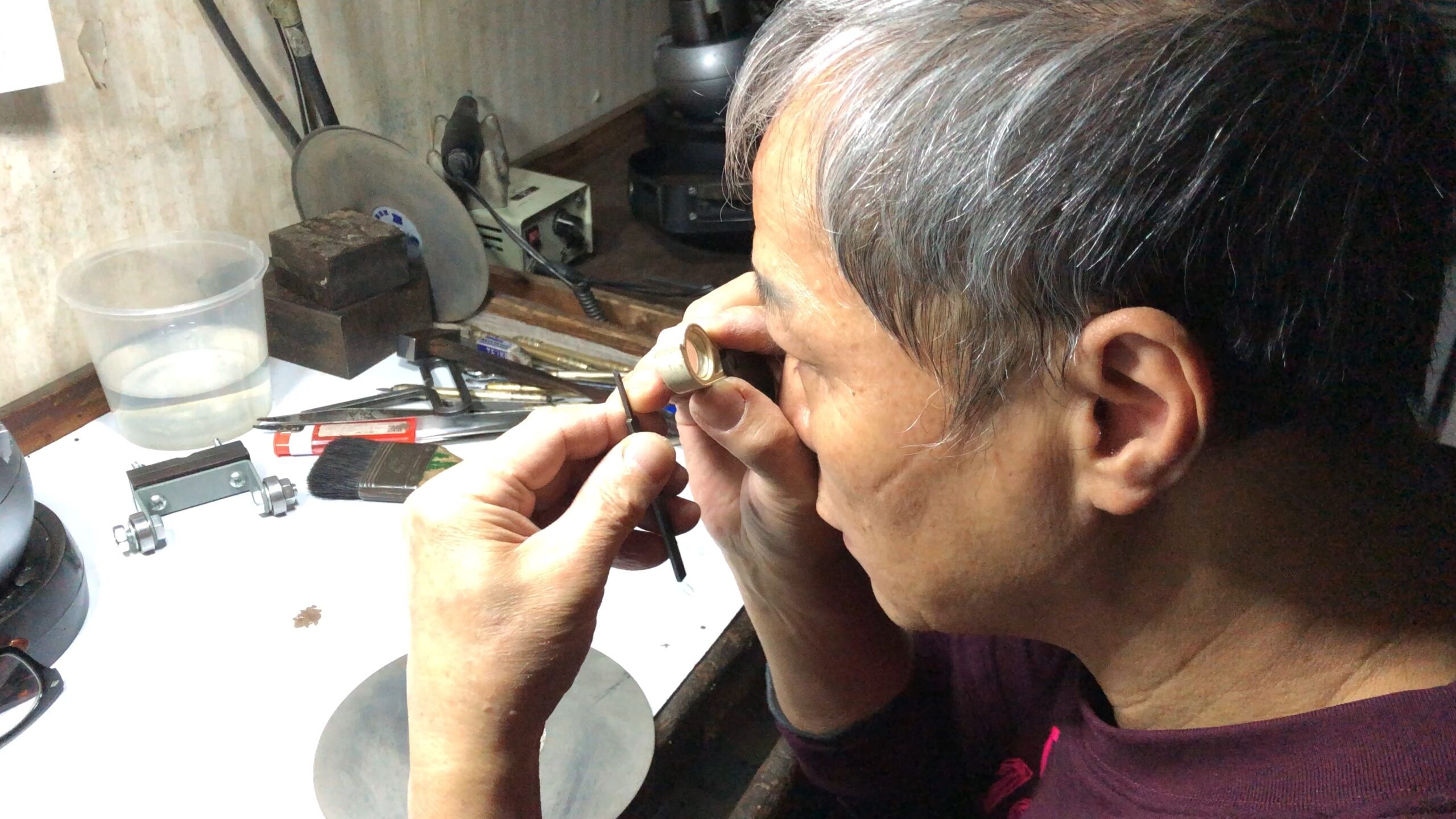
MAKING PROCESS
The metal jewelry industry is based on a specialized division of labor system as the production process. From smithing and casting inlaying, engraving and electroplating, each process is handled by a different master. Among them, Master Ng is responsible for engraving.
Master Ng adeptly uses a wide range of hammers and chisels with different dimensions and angles to carve a myriad of patterns onto metal objects, which are fixed on a specially-made wax spherical mount to be chiseled.
During the process, Master Ng usually stands to make his body more flexible. The sharper the curves he works on, the more his body has to bend. Compared with other regions such as Japan and Thailand, the angle of inclination during his chiseling process is relatively wider, with a gradient of sixty to seventy-five degrees to a horizontal surface.
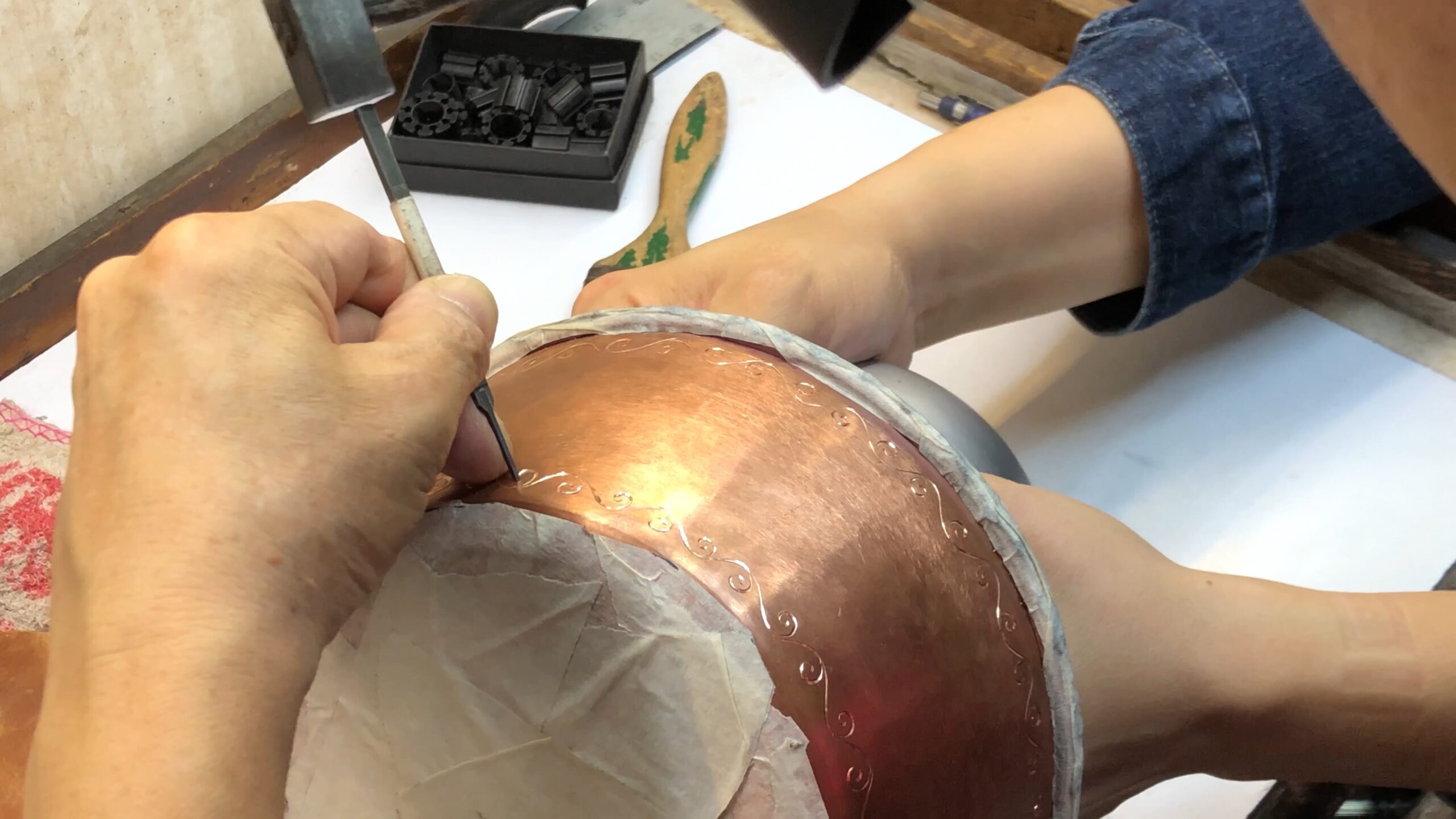
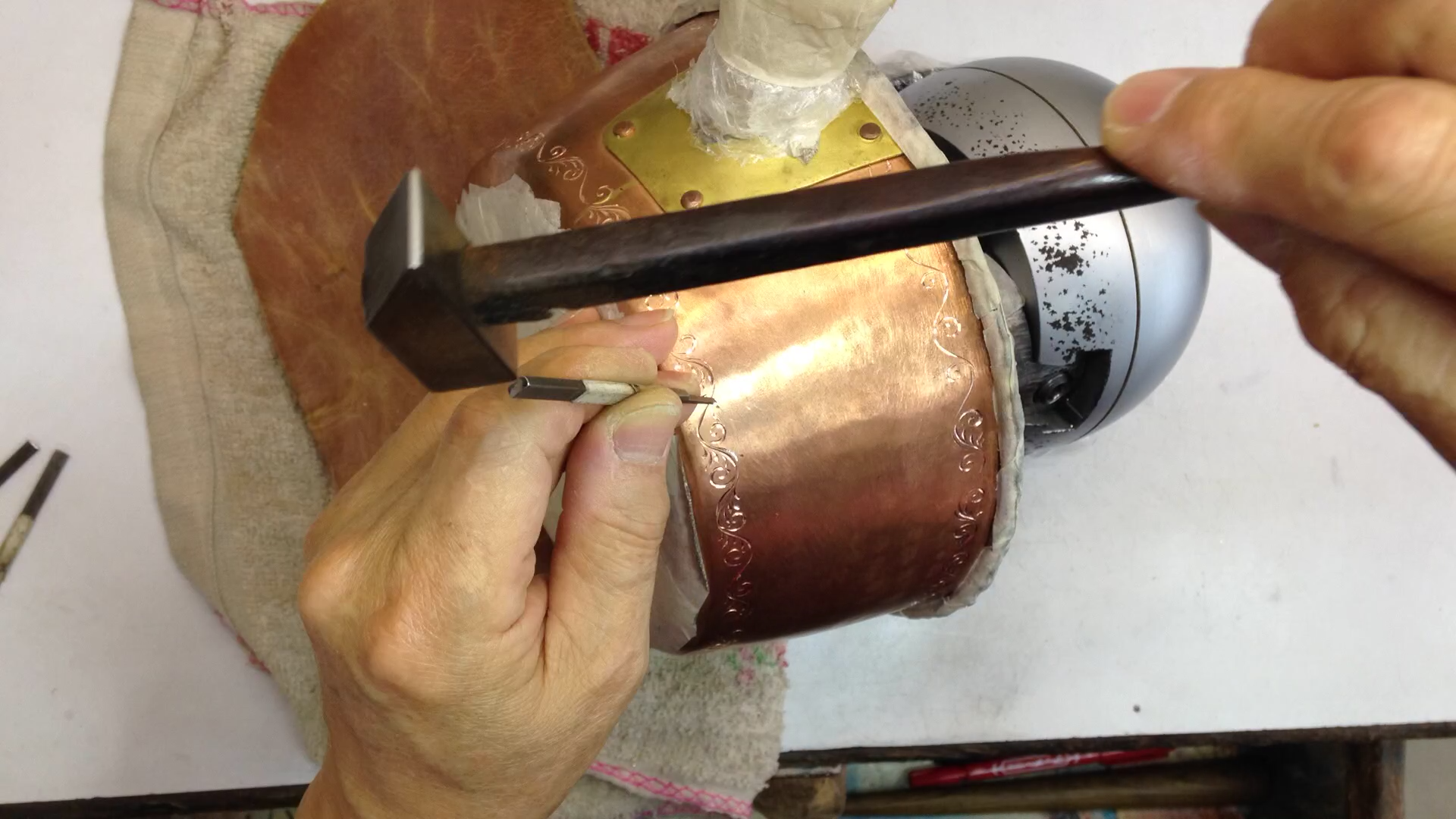
Artworks from same series
OTHER WORKS FROM EXHIBITION
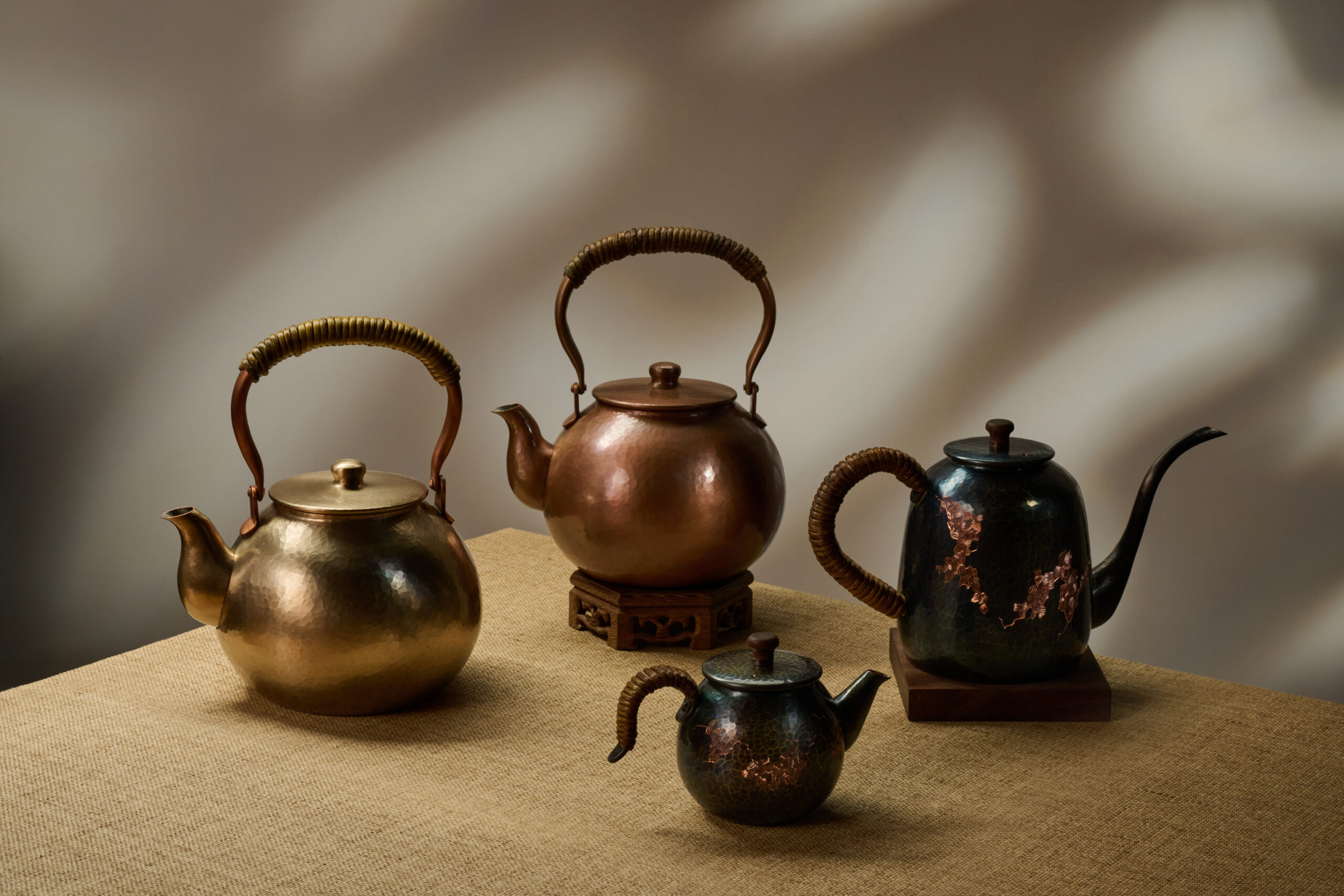
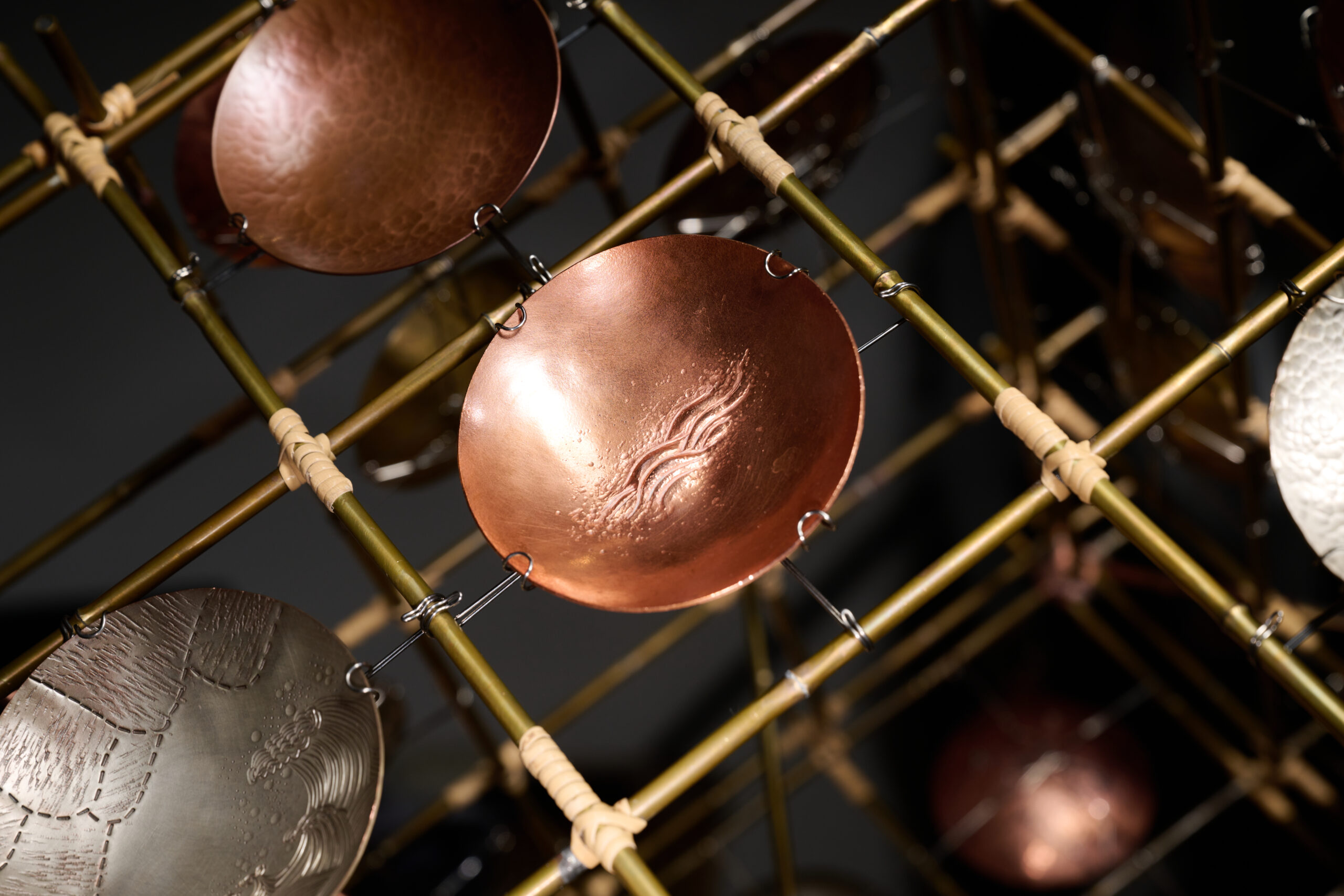
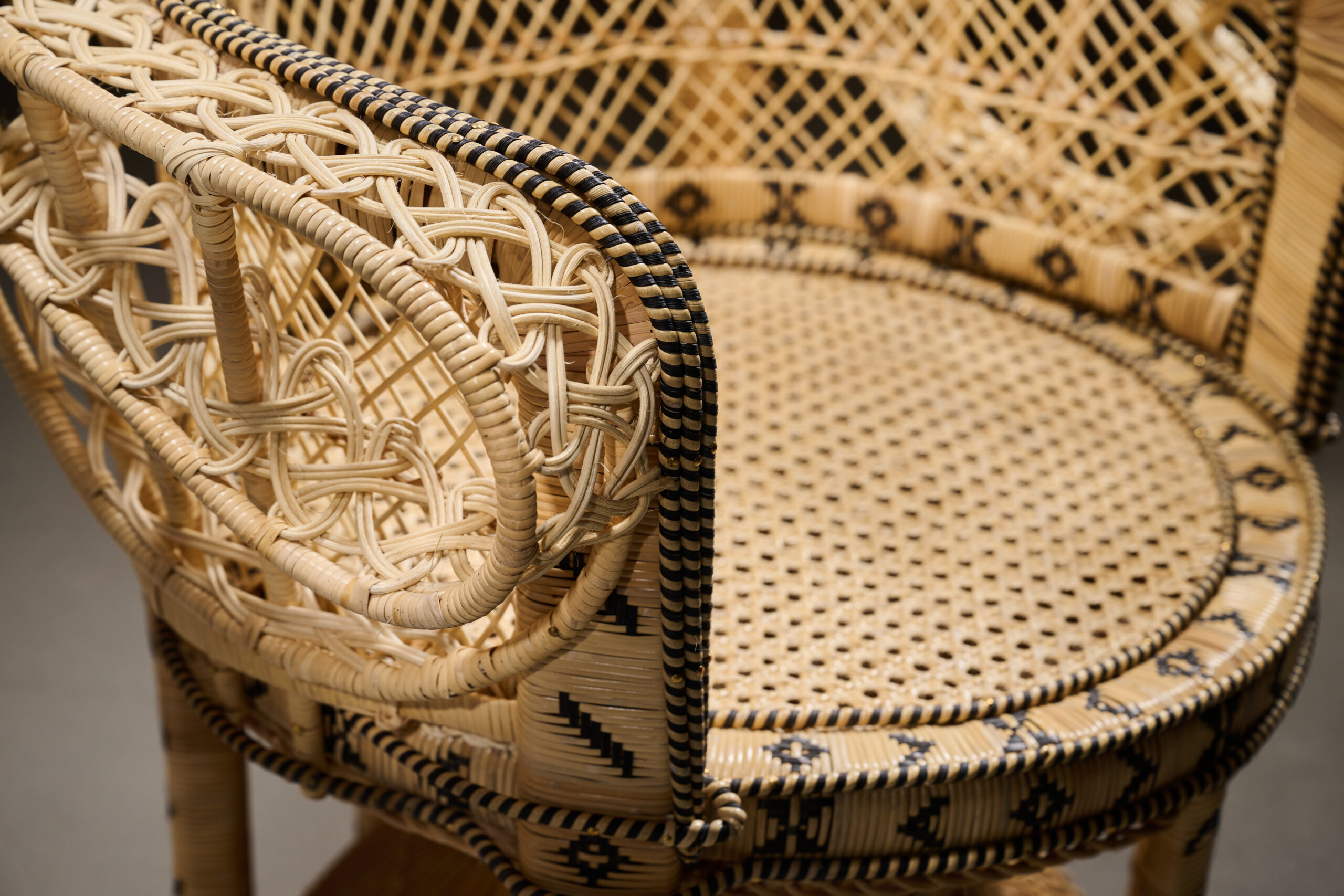
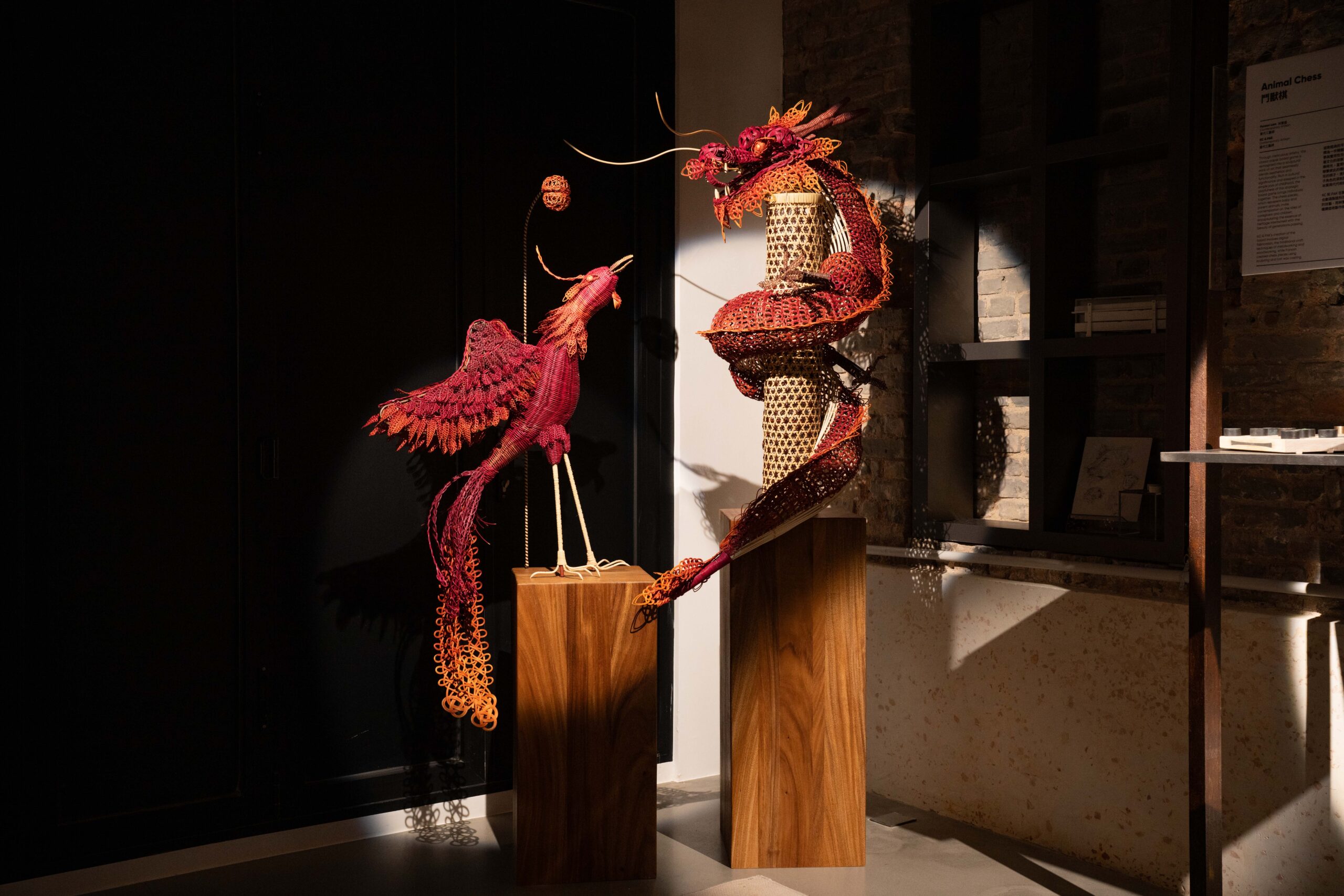
Auspicious Horizons
Yue Kee Rattan Factory & Ahung Masikadd & Barnard Chan & Cecilia Lai


